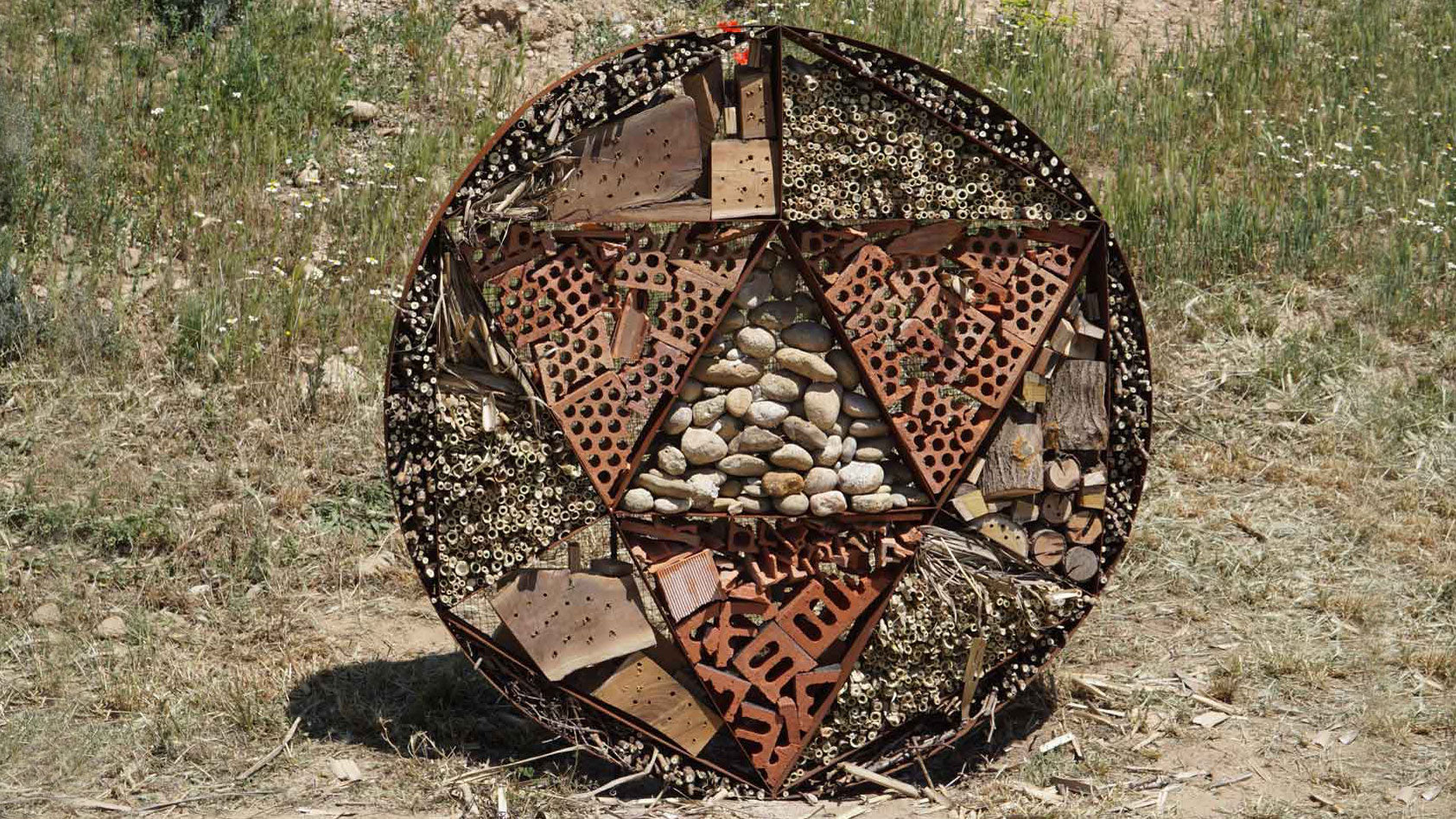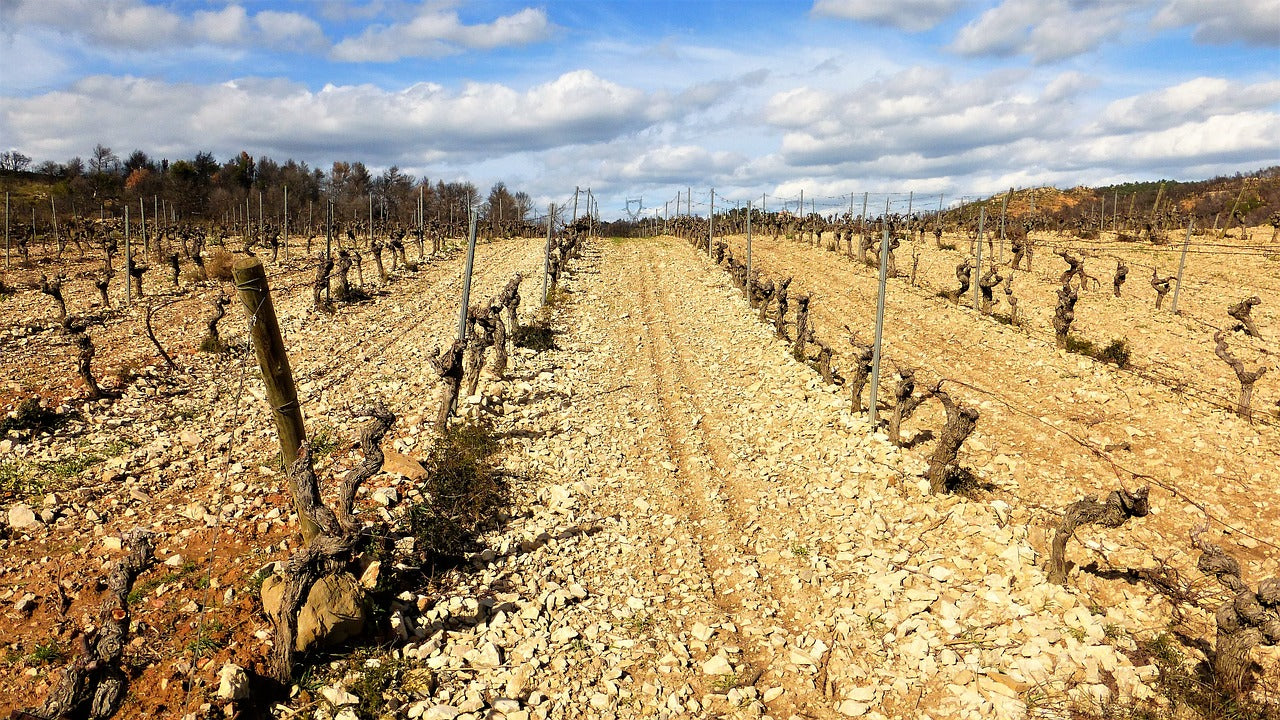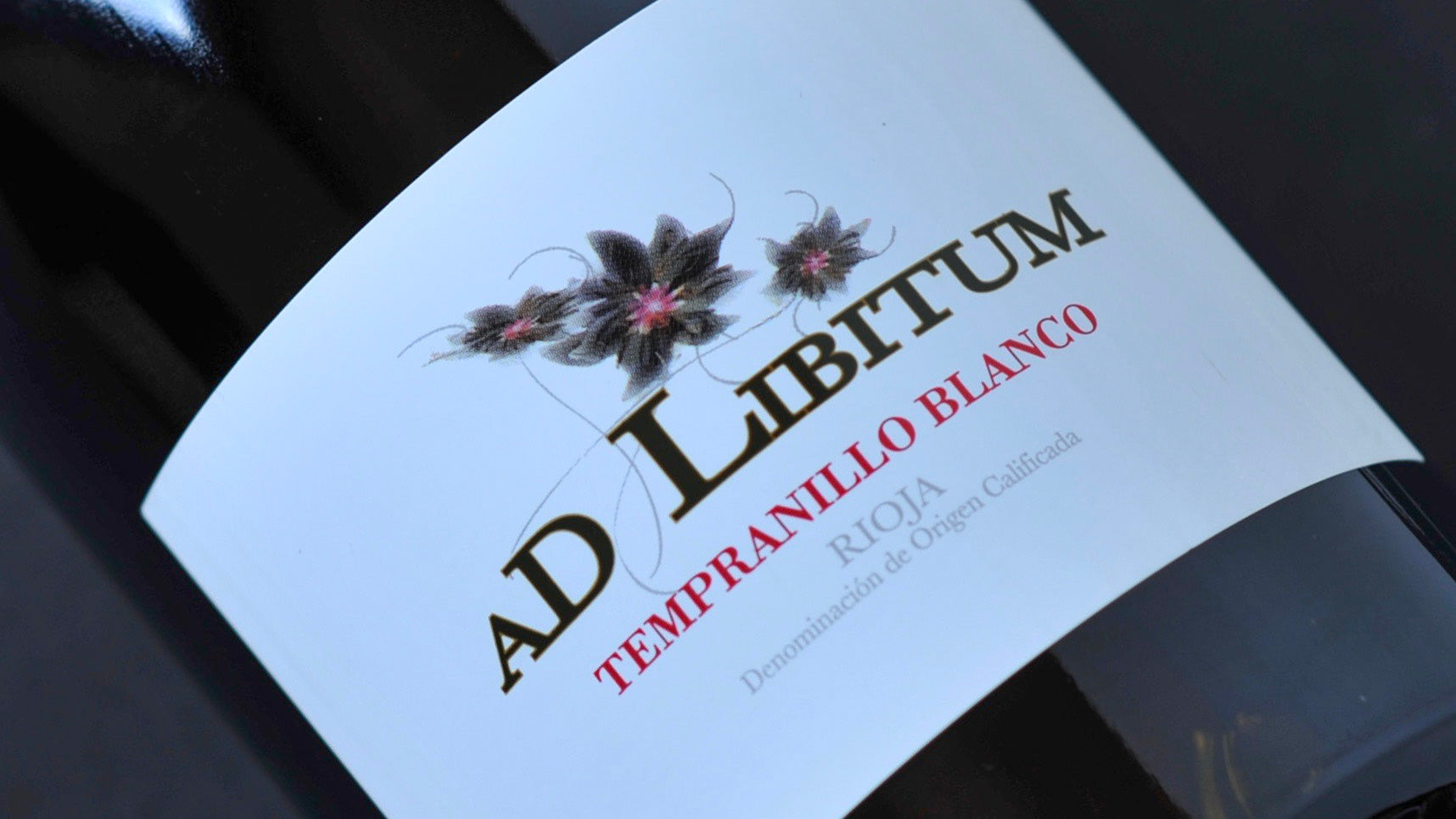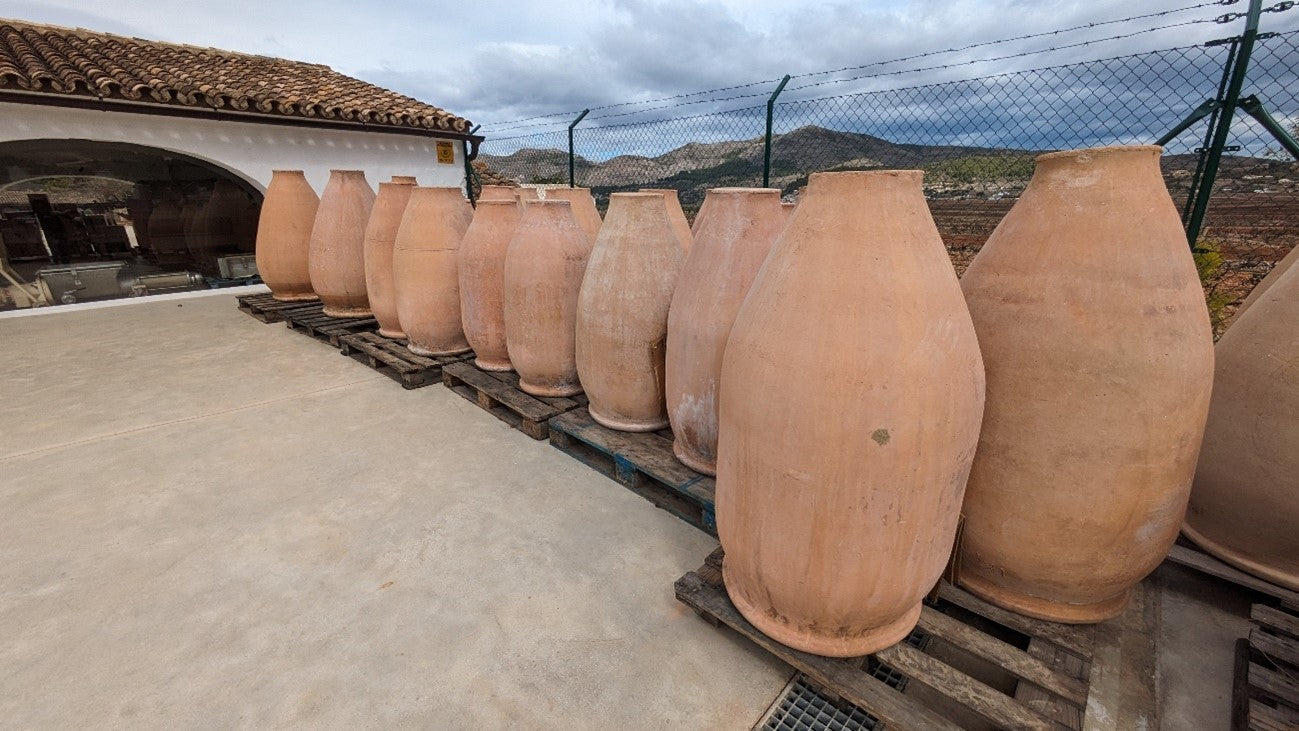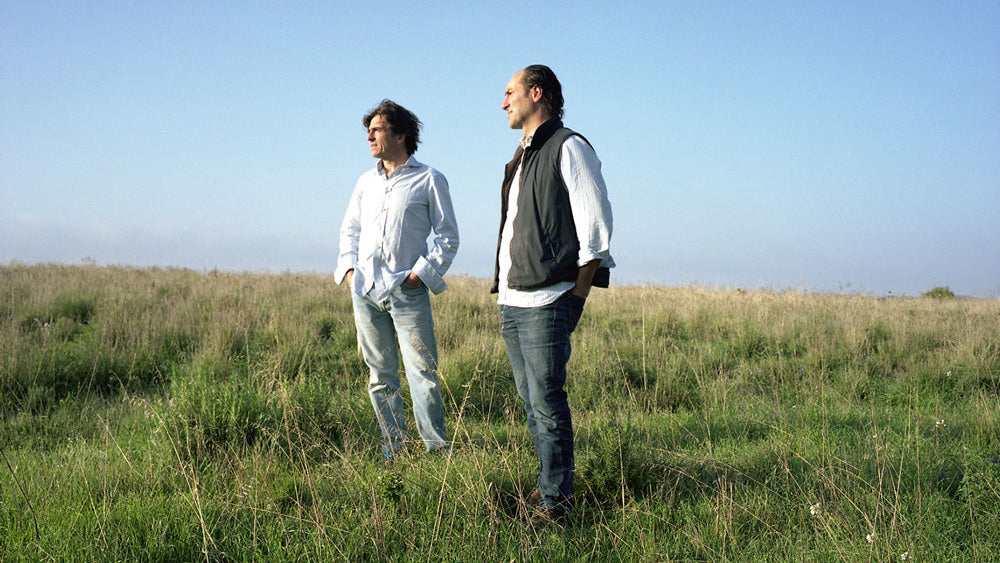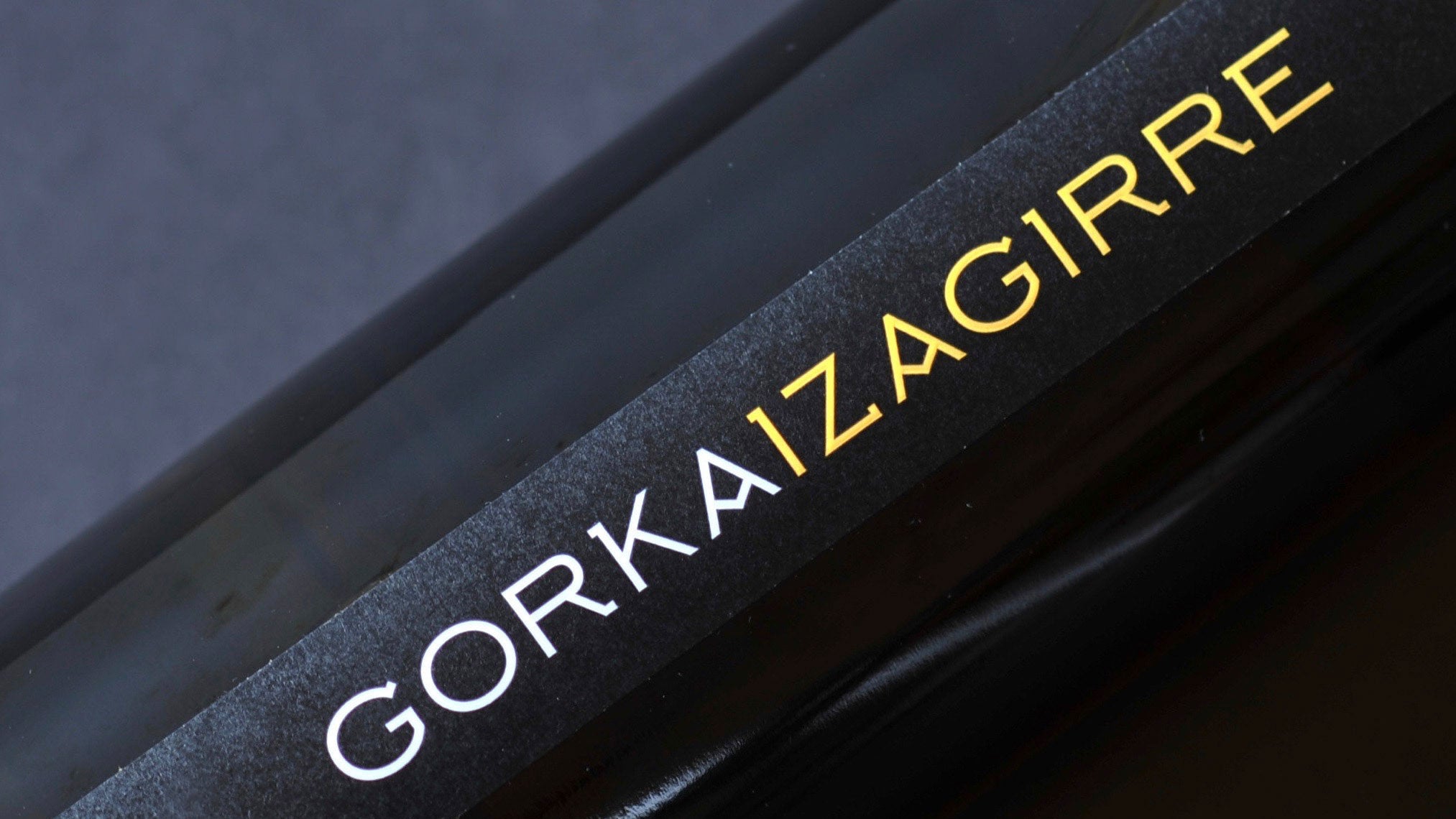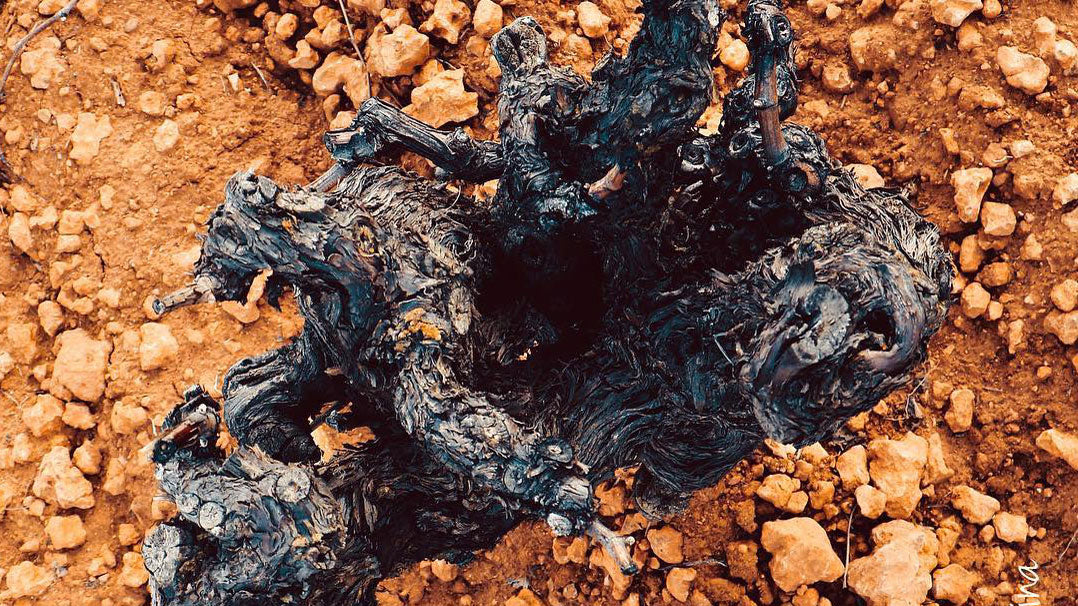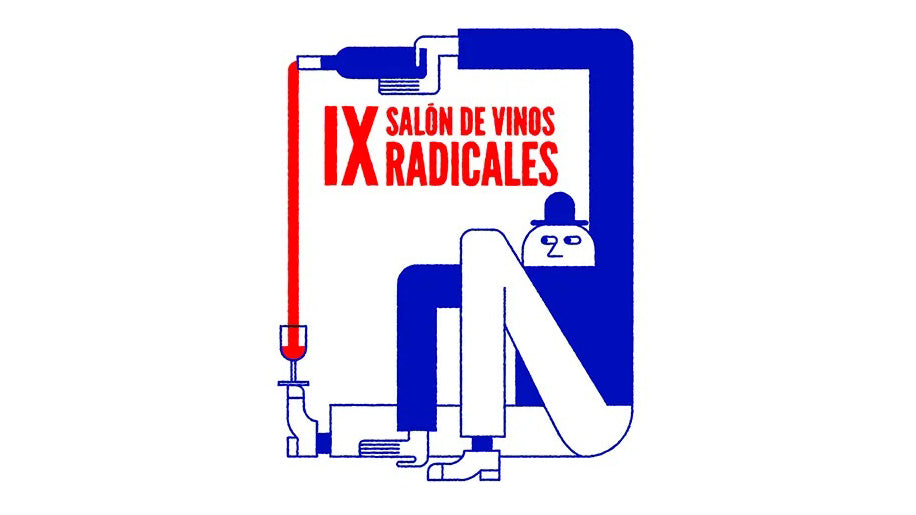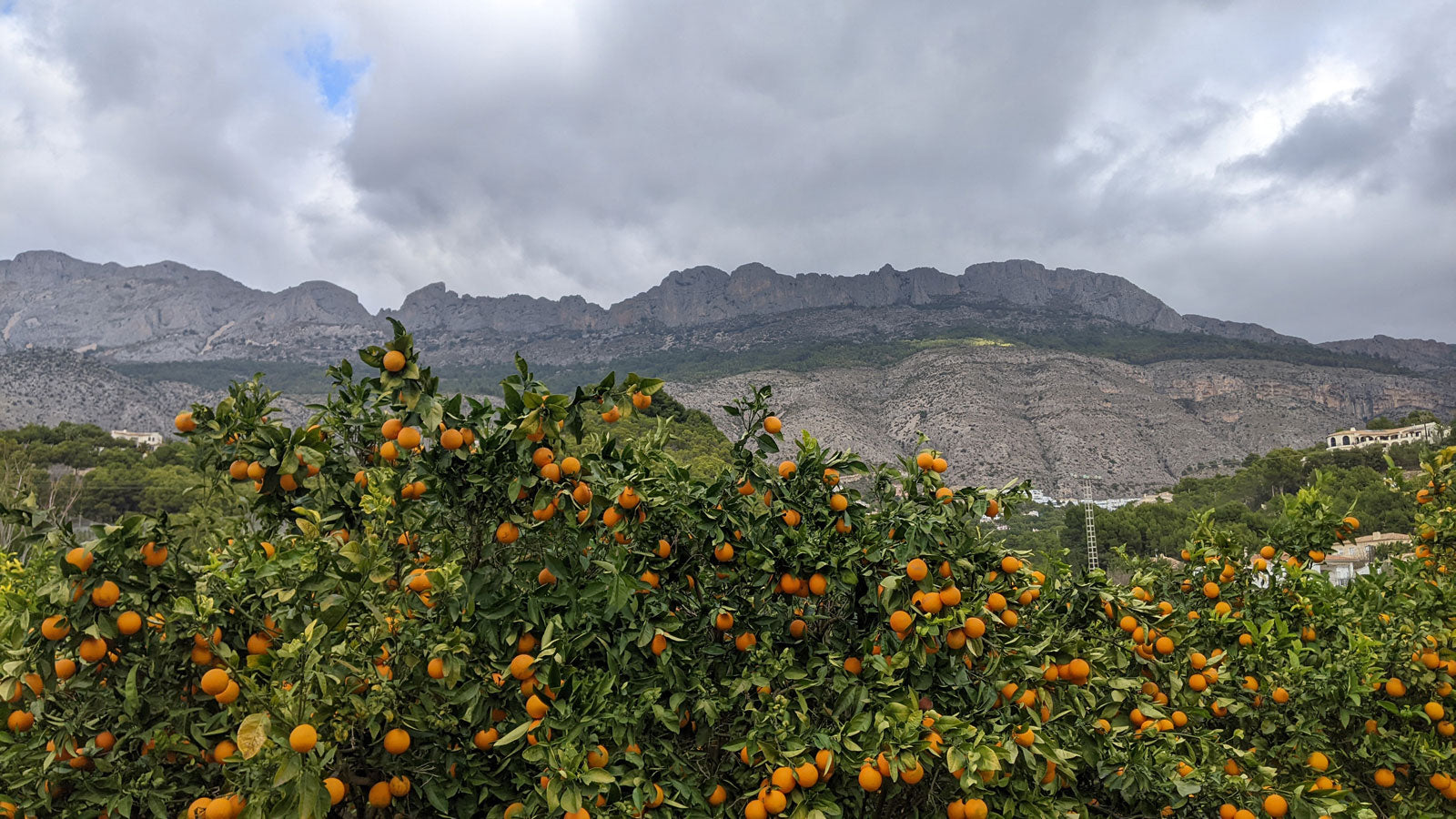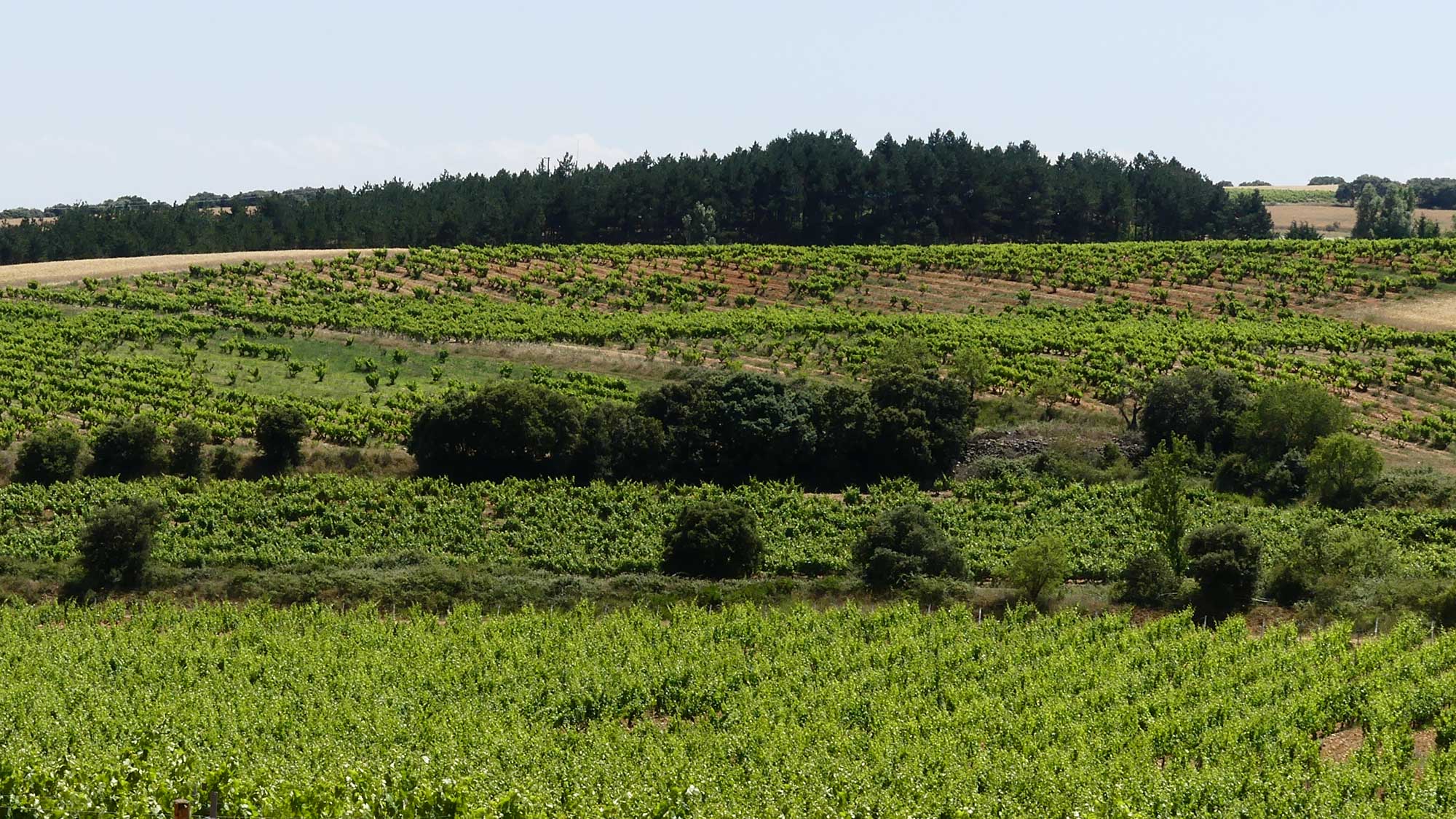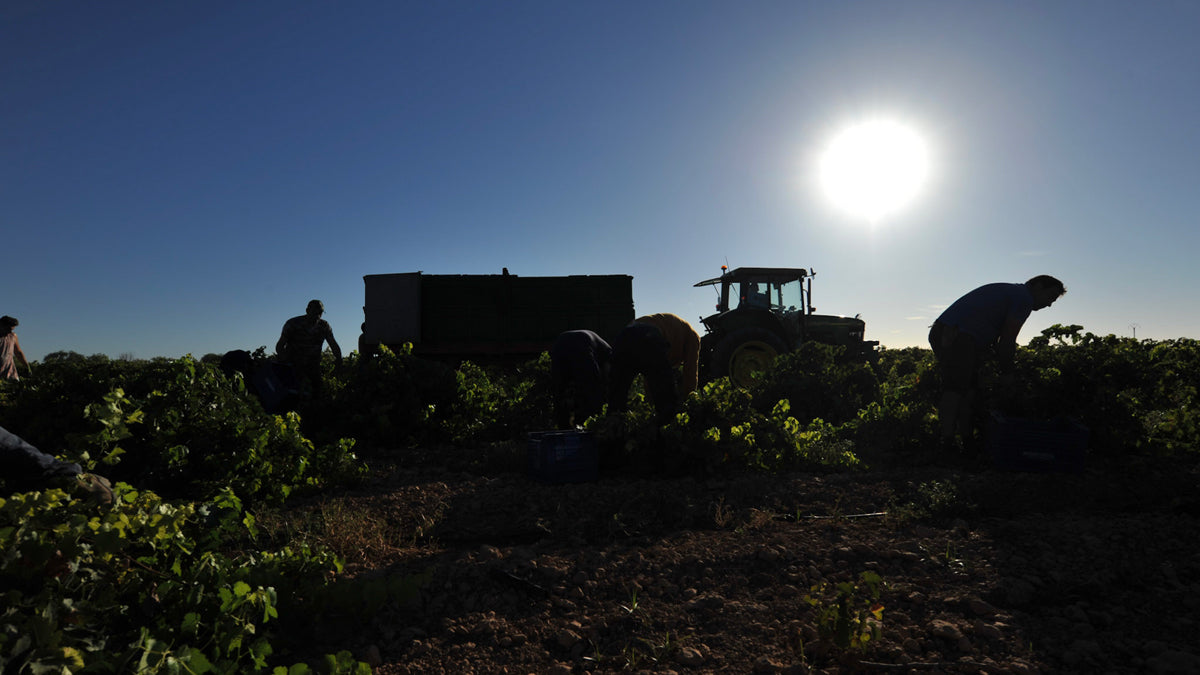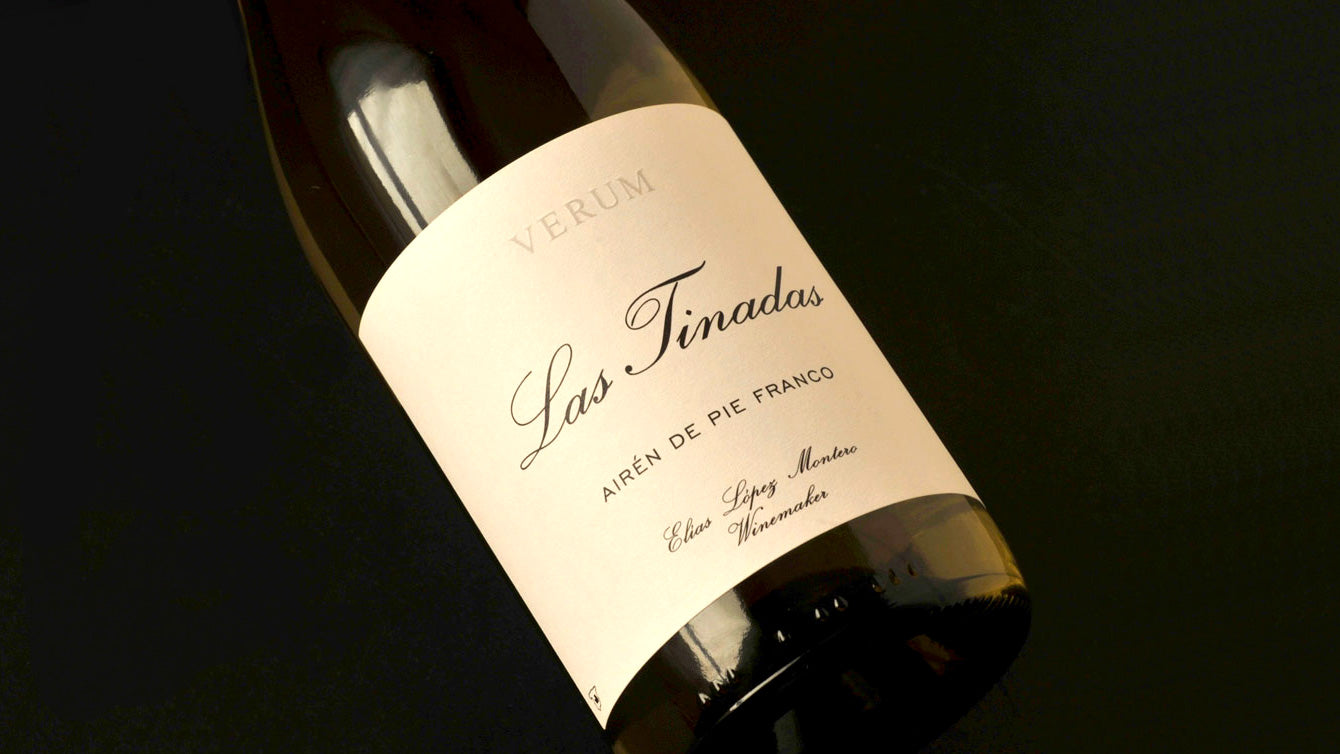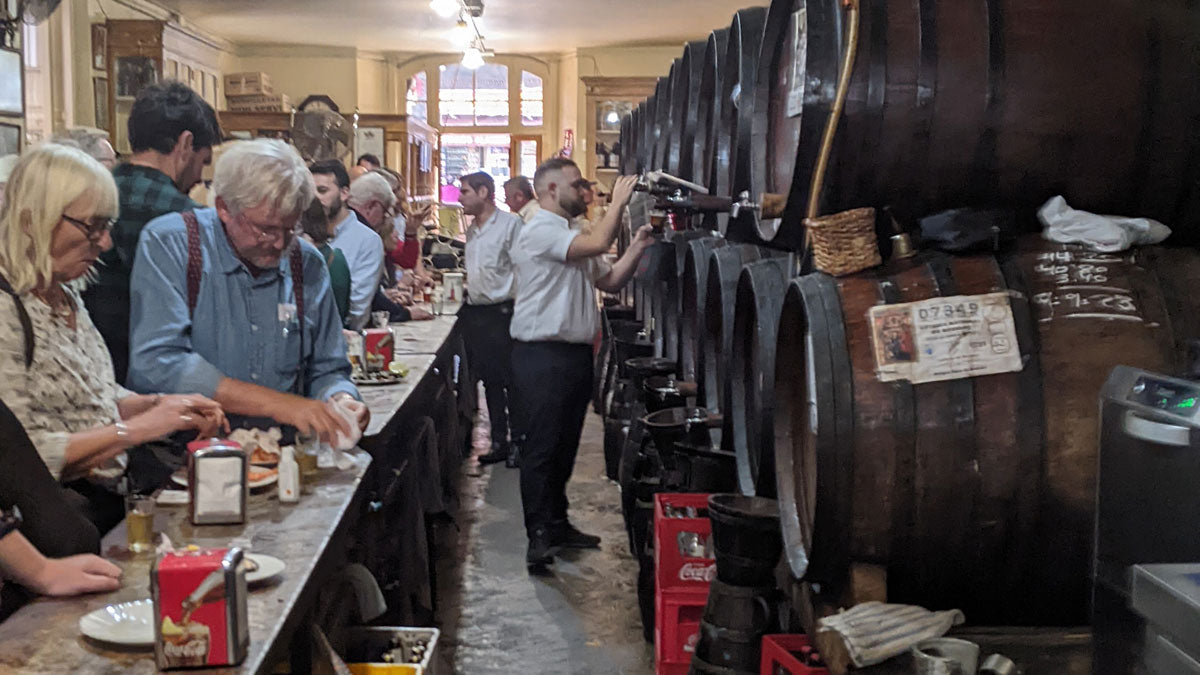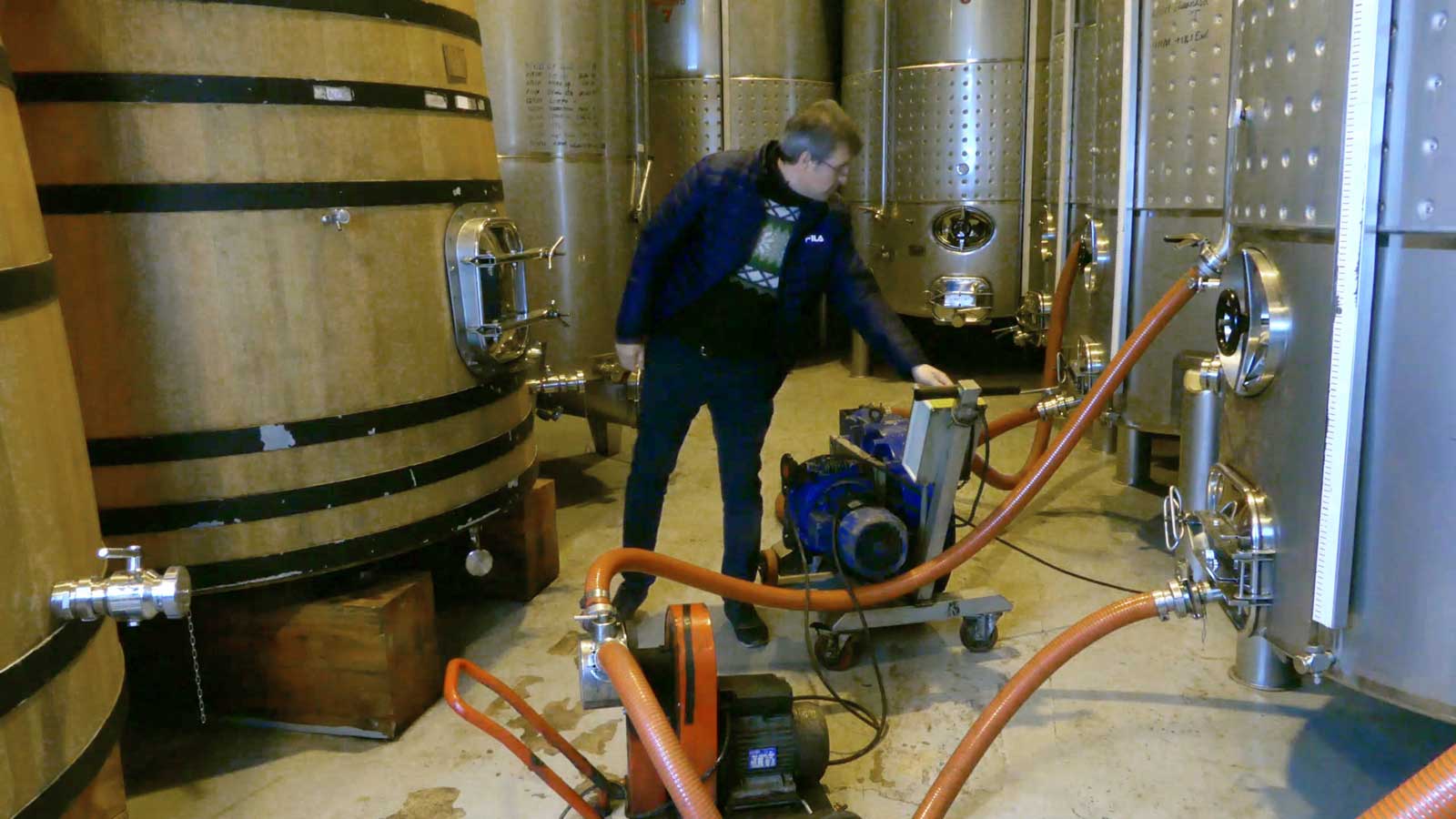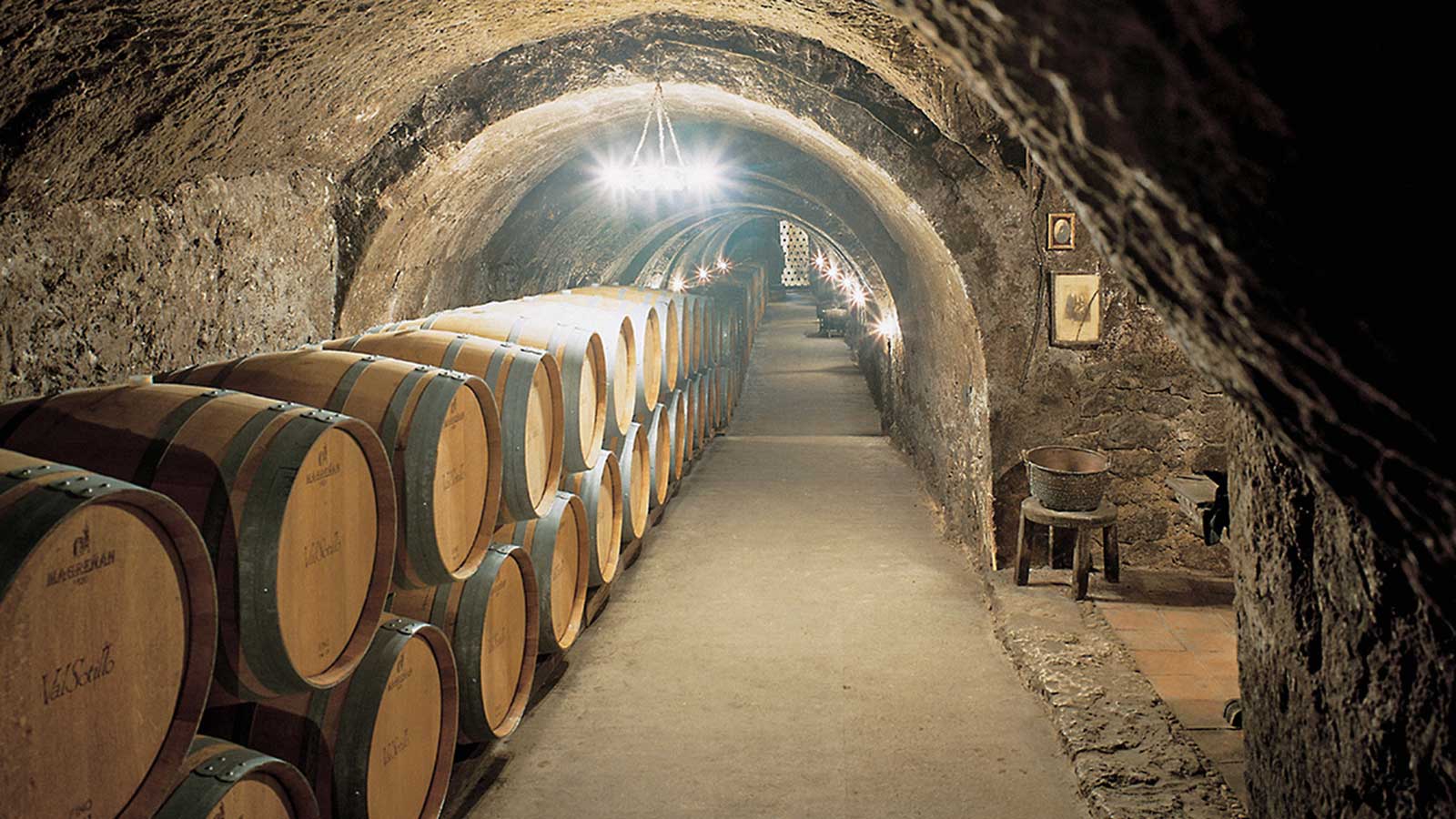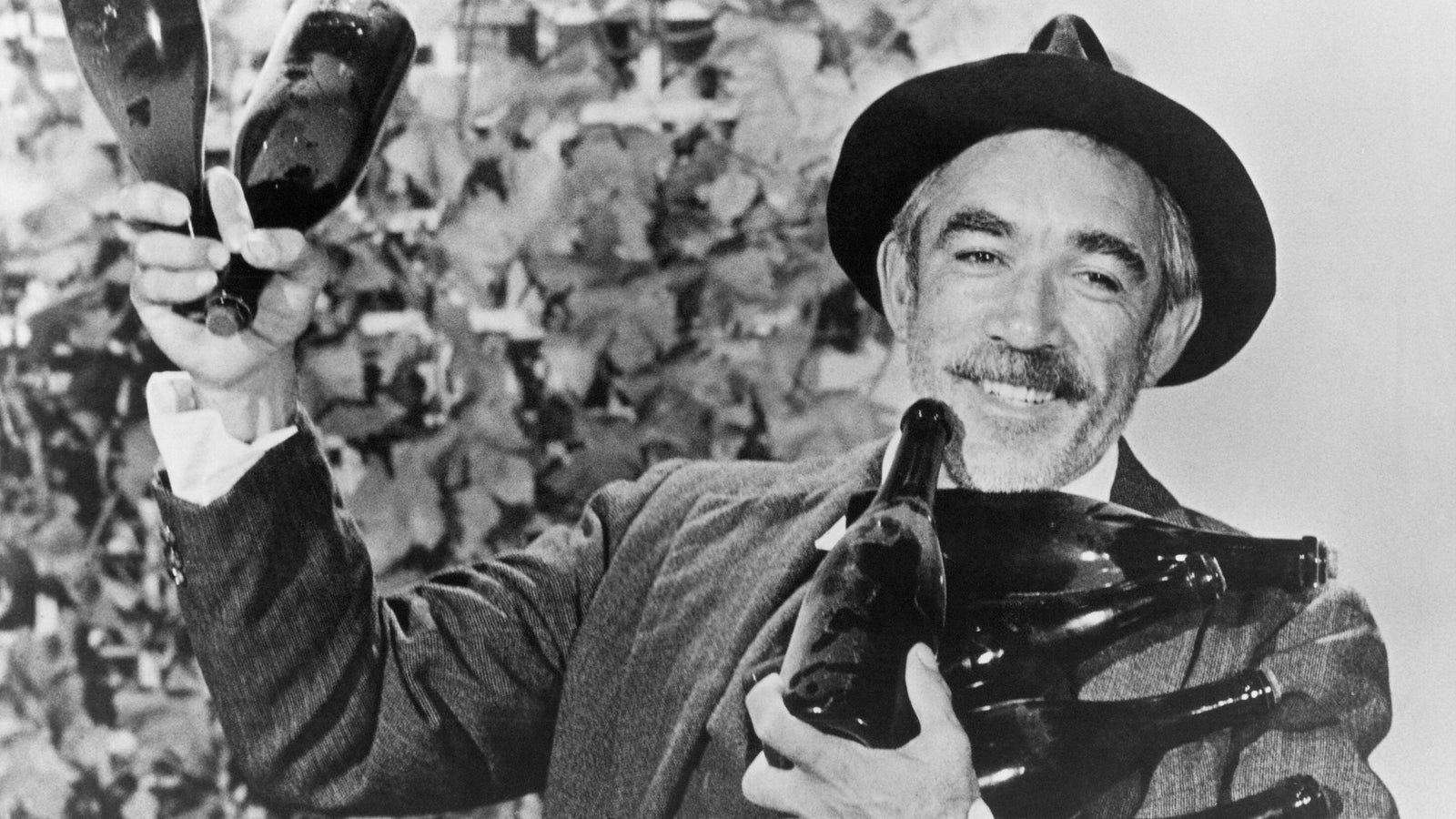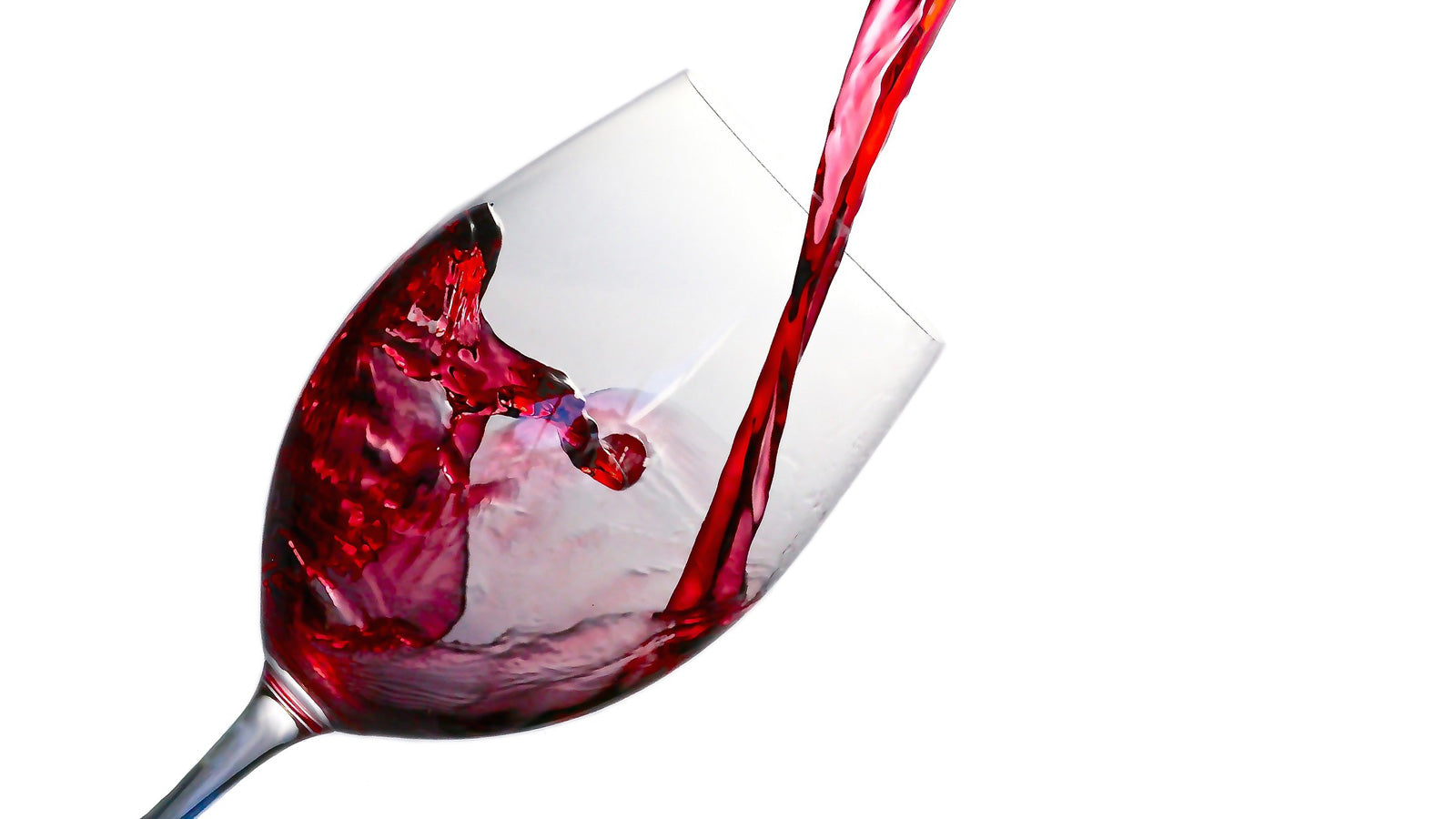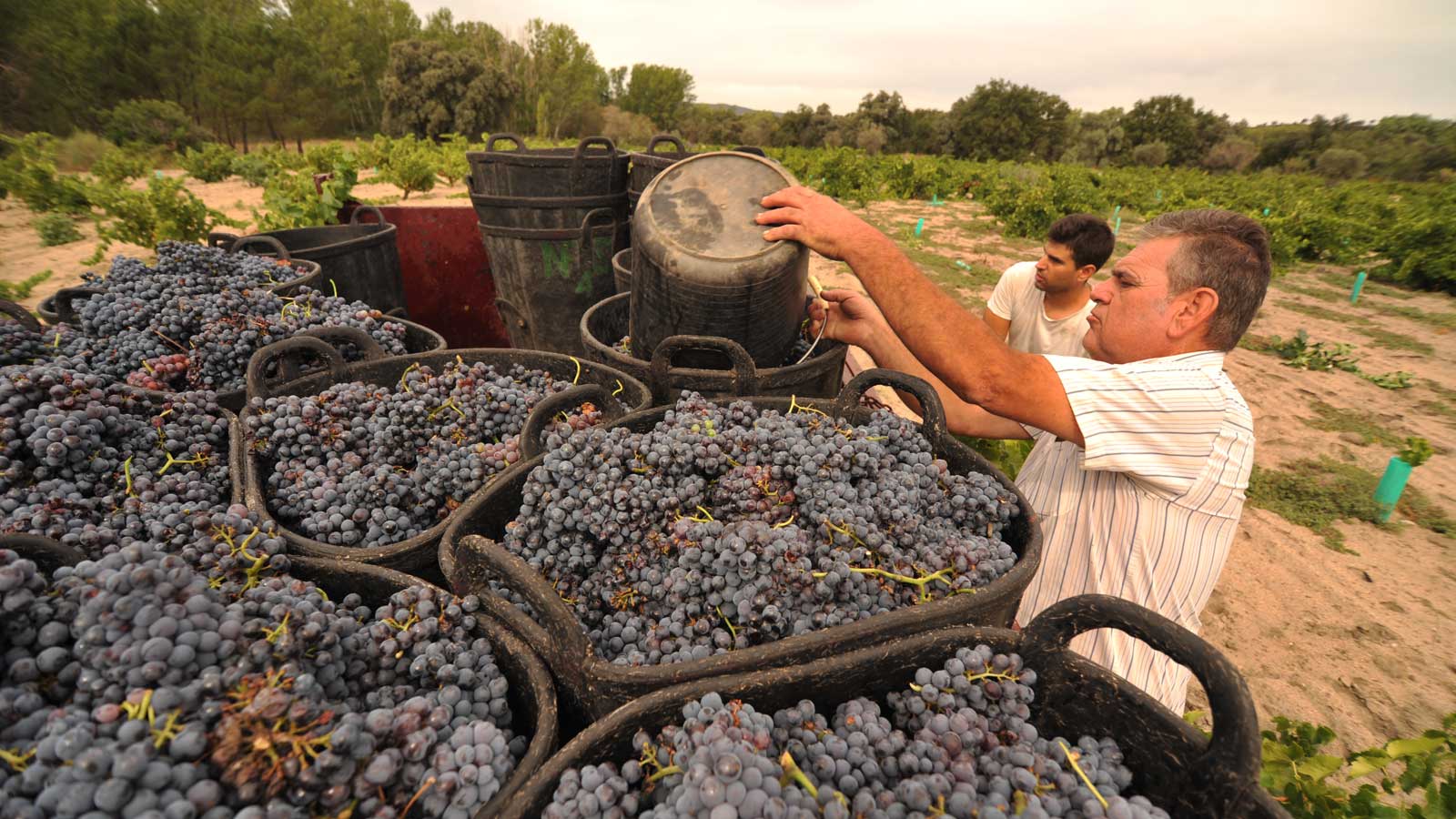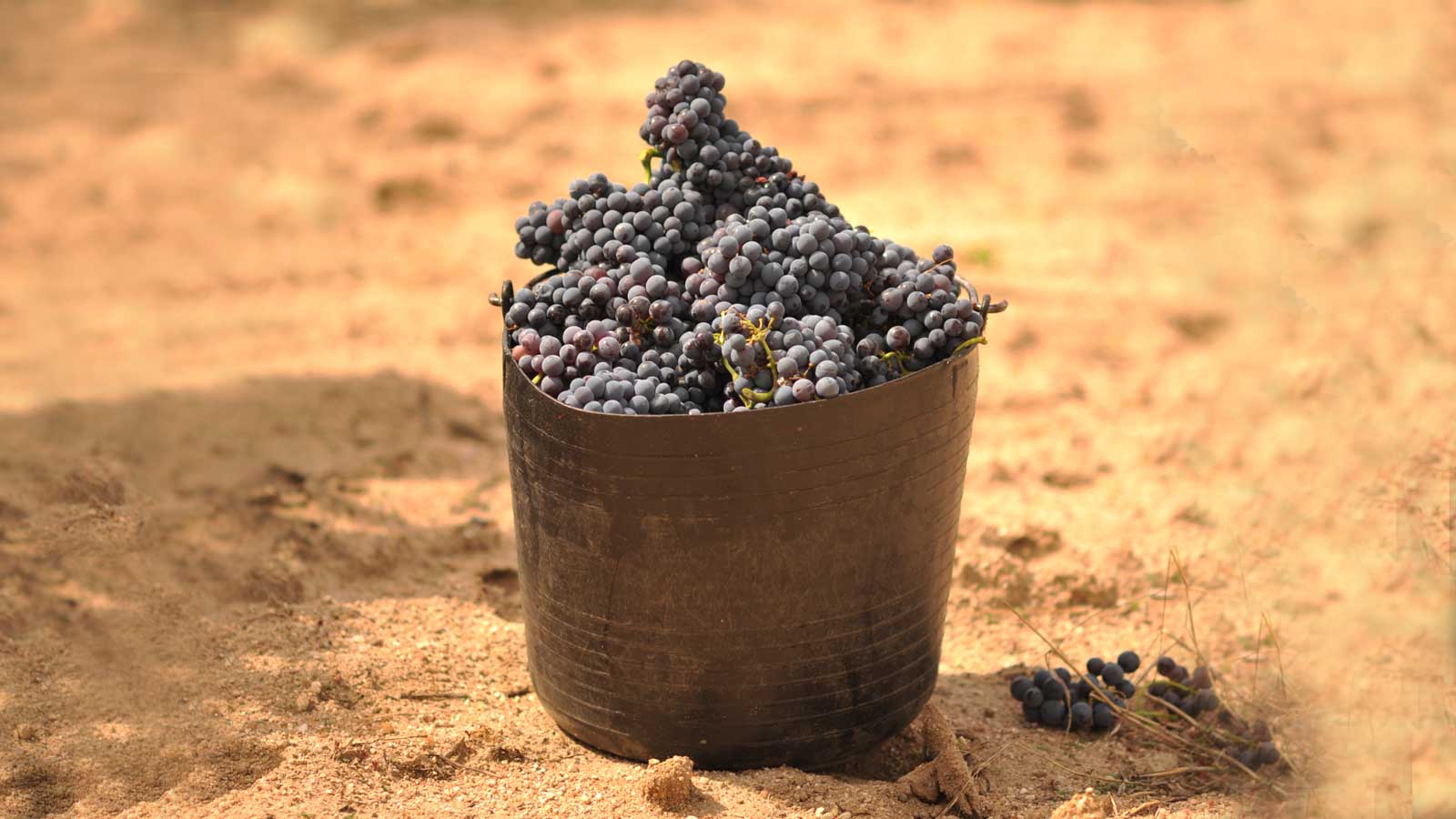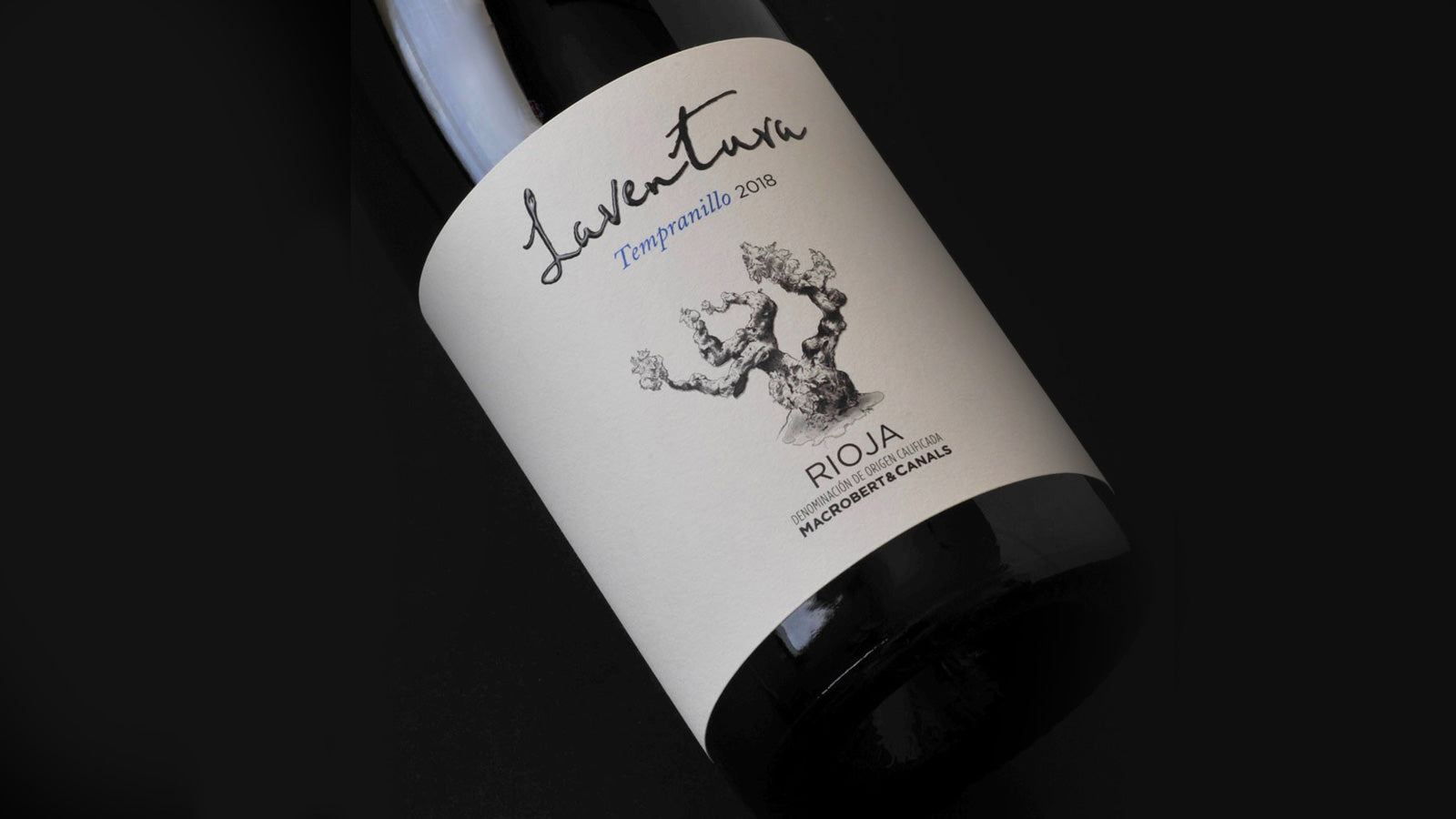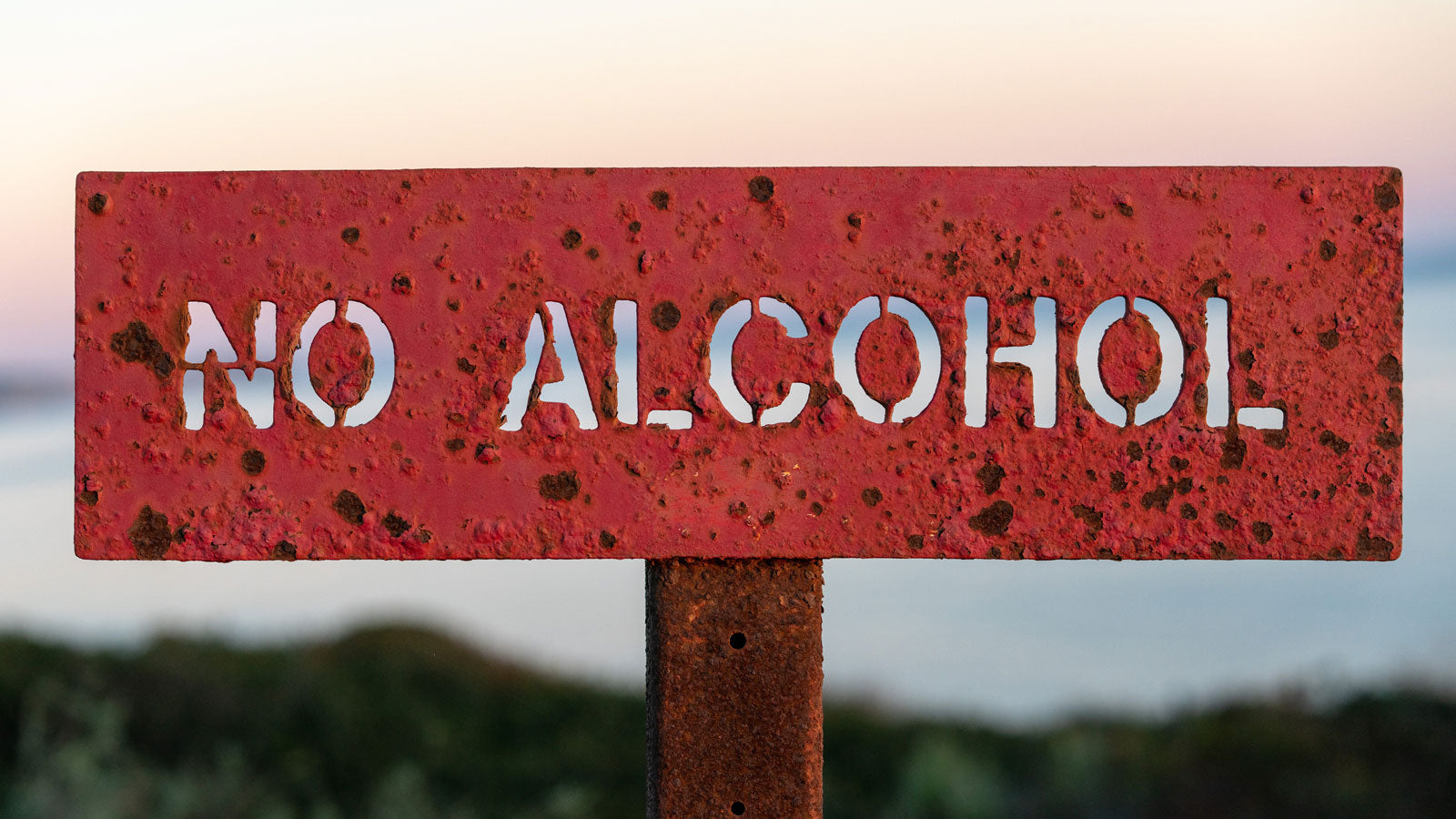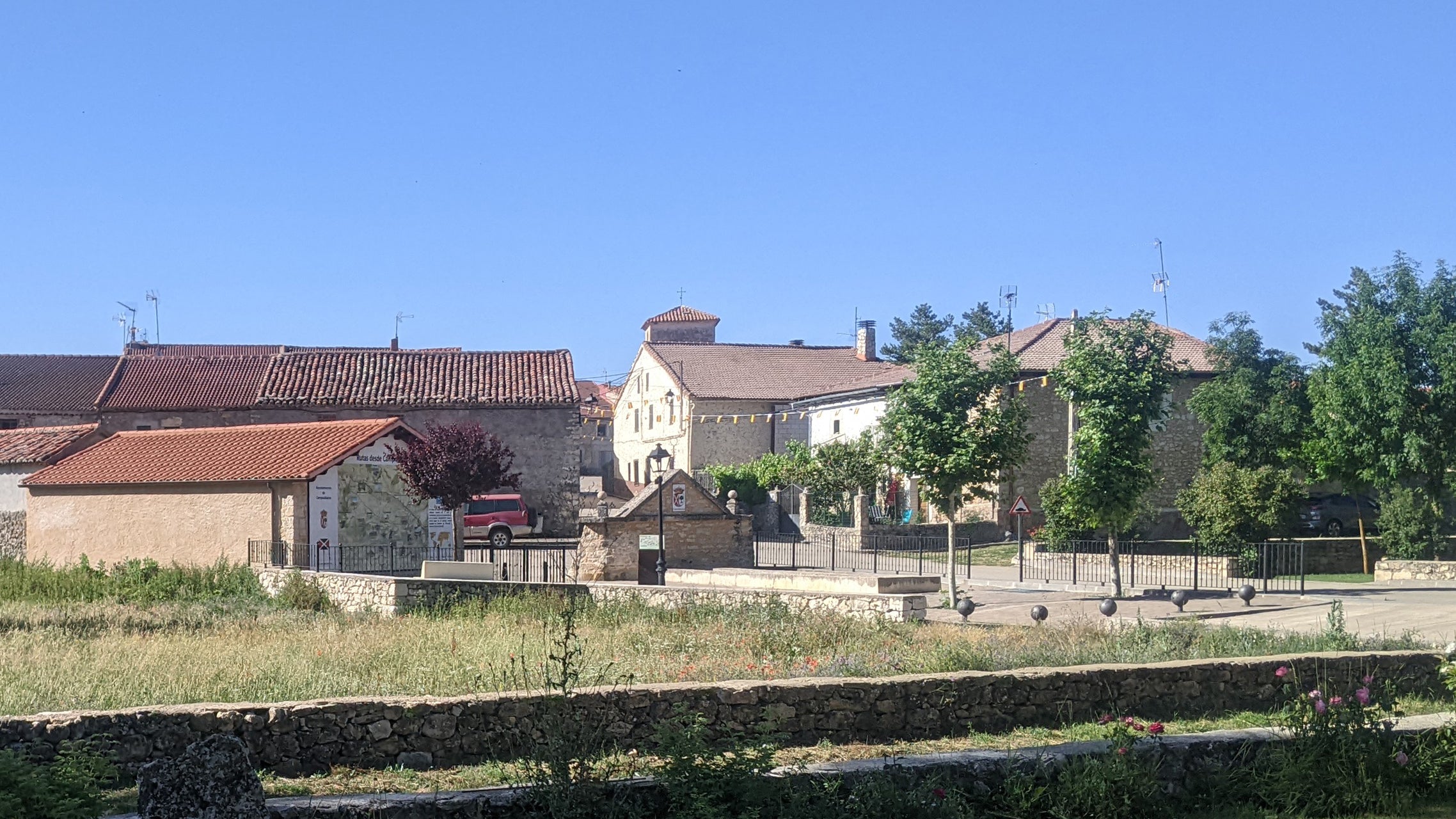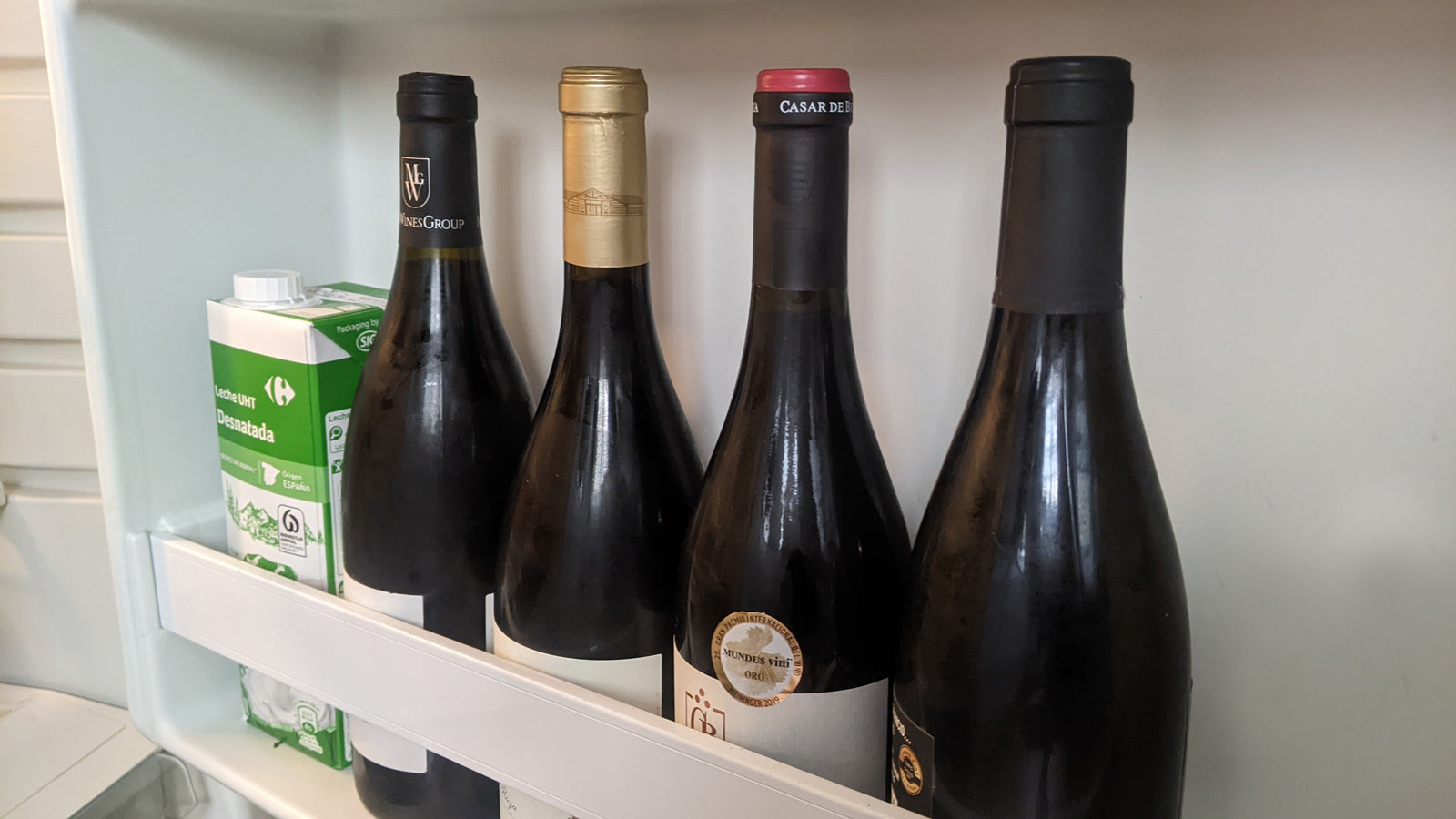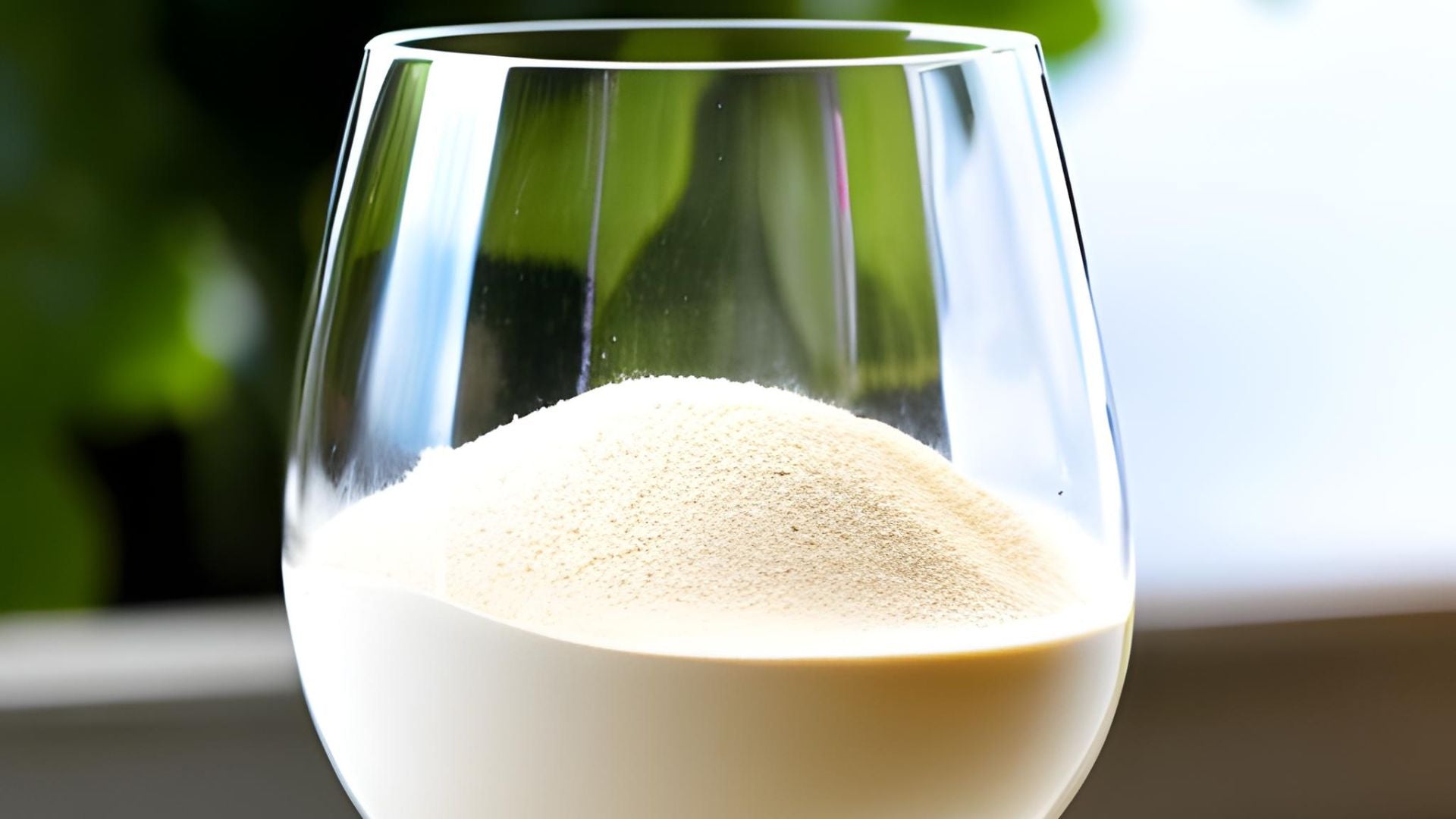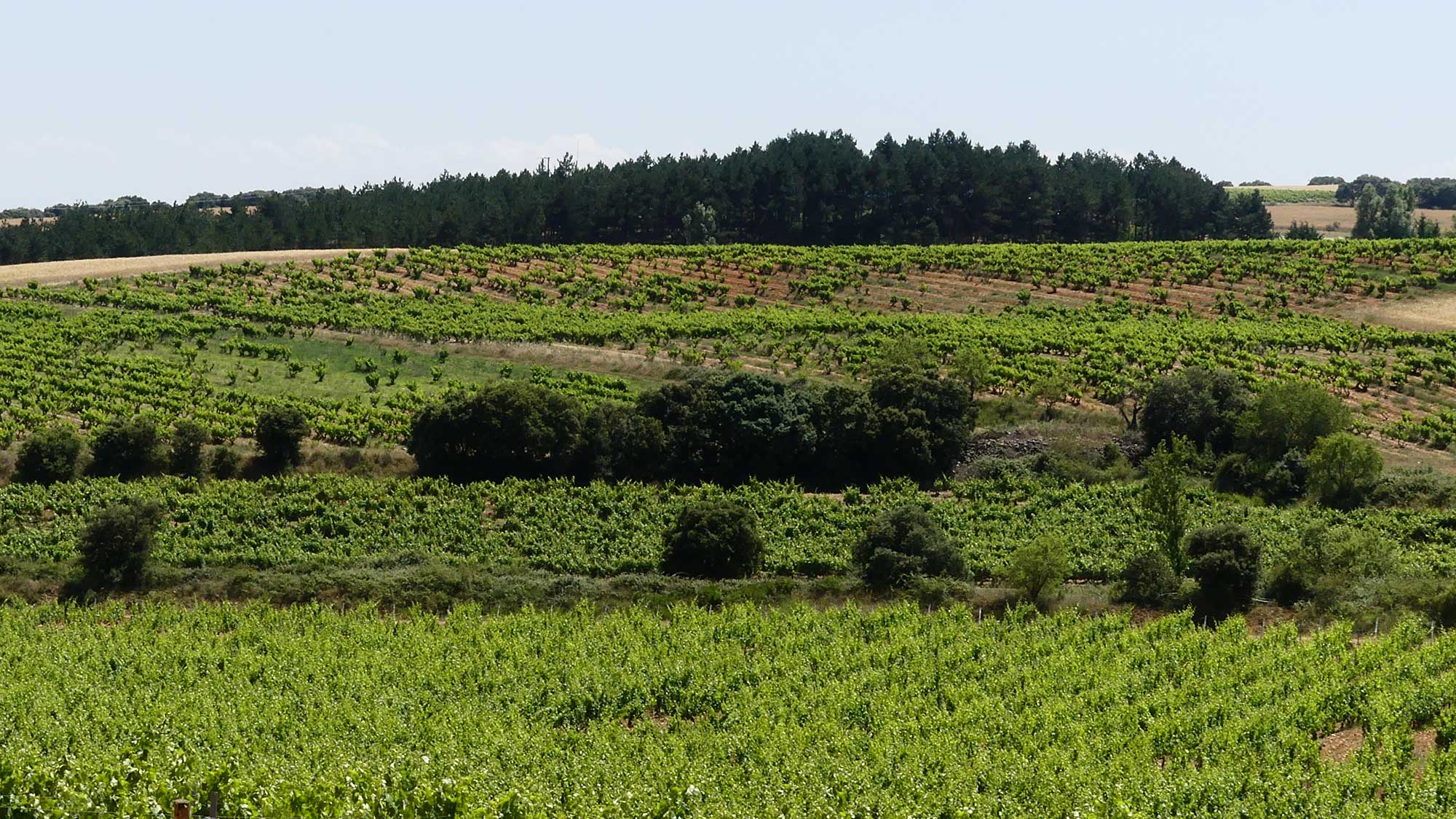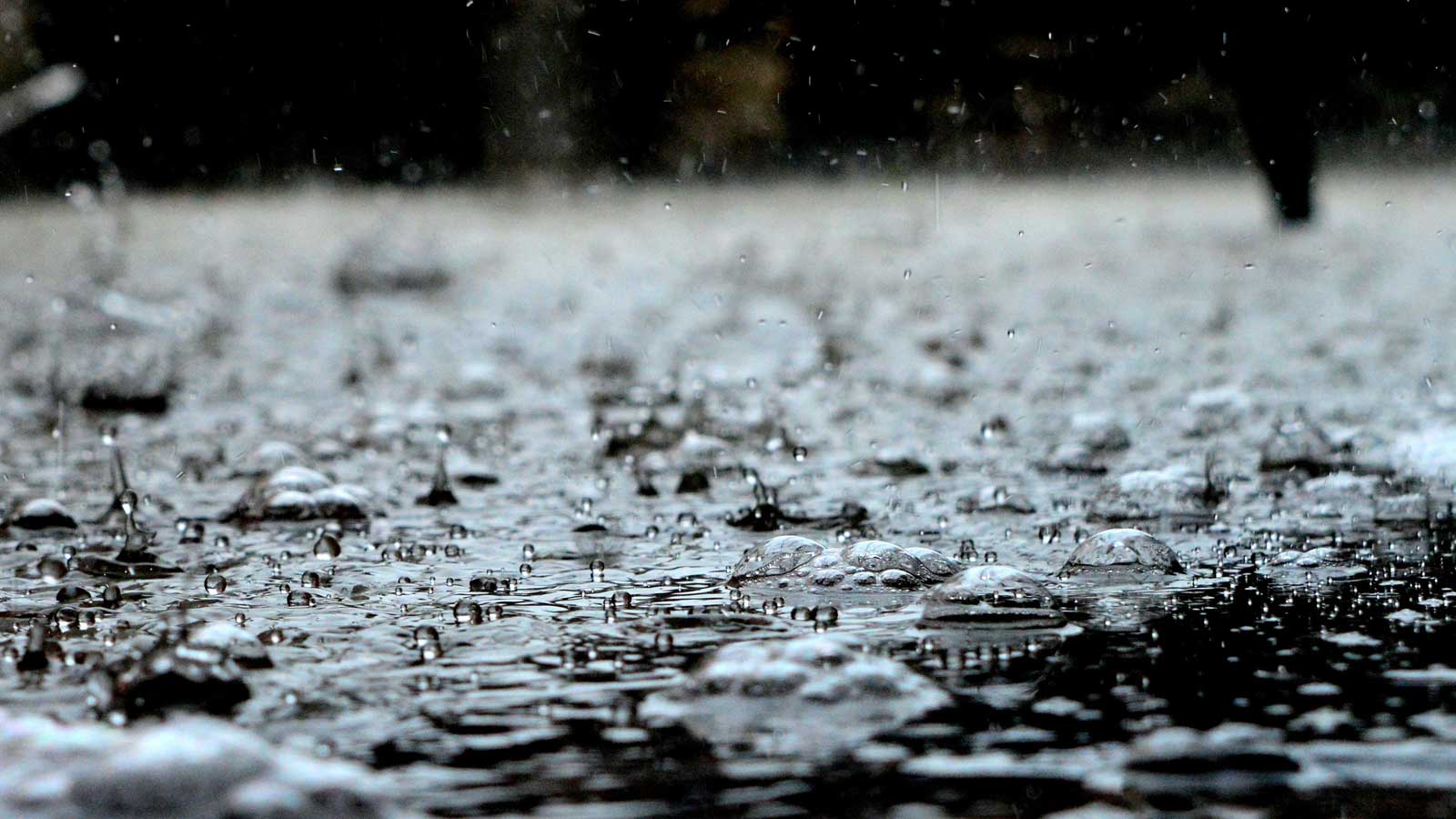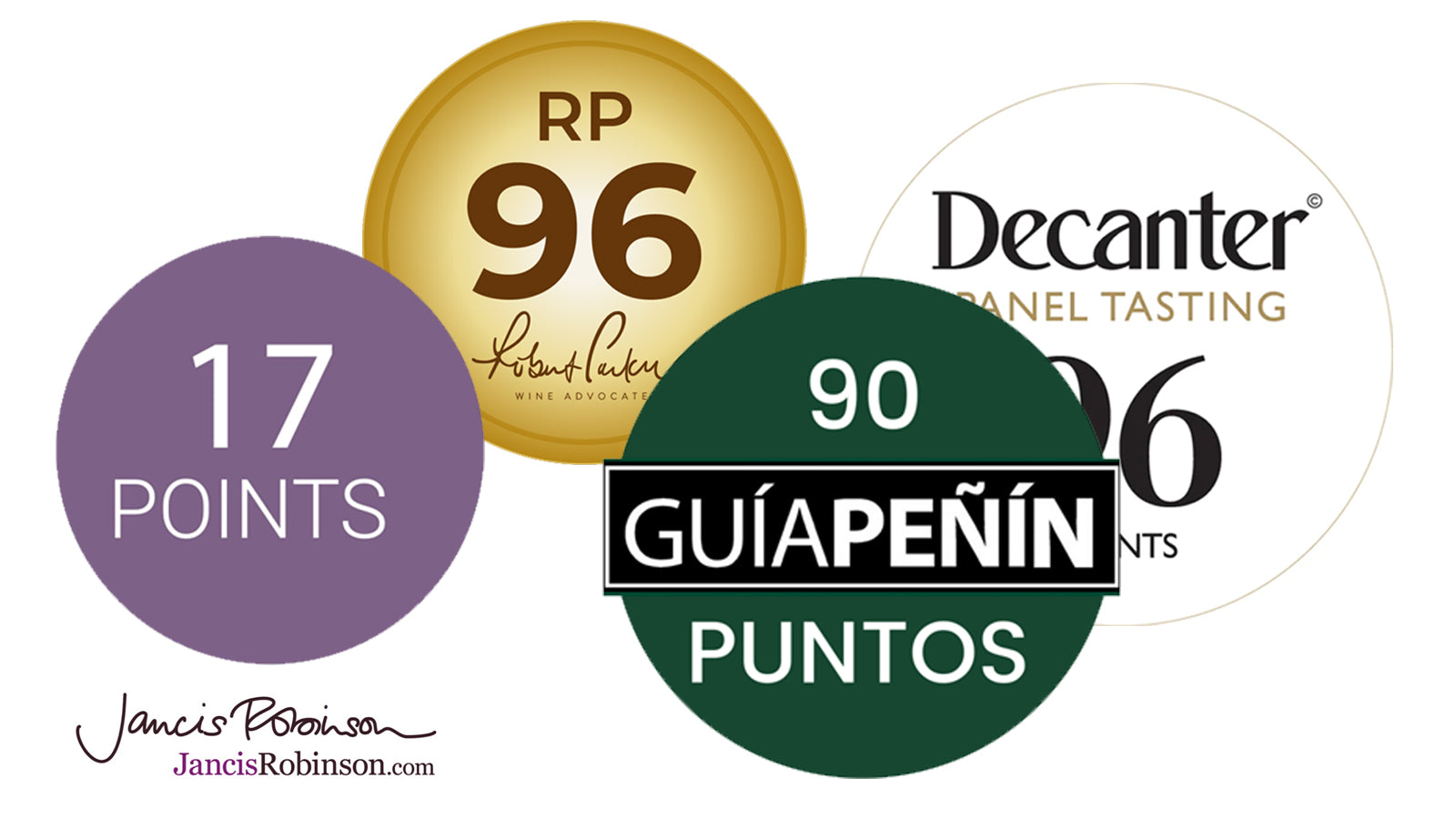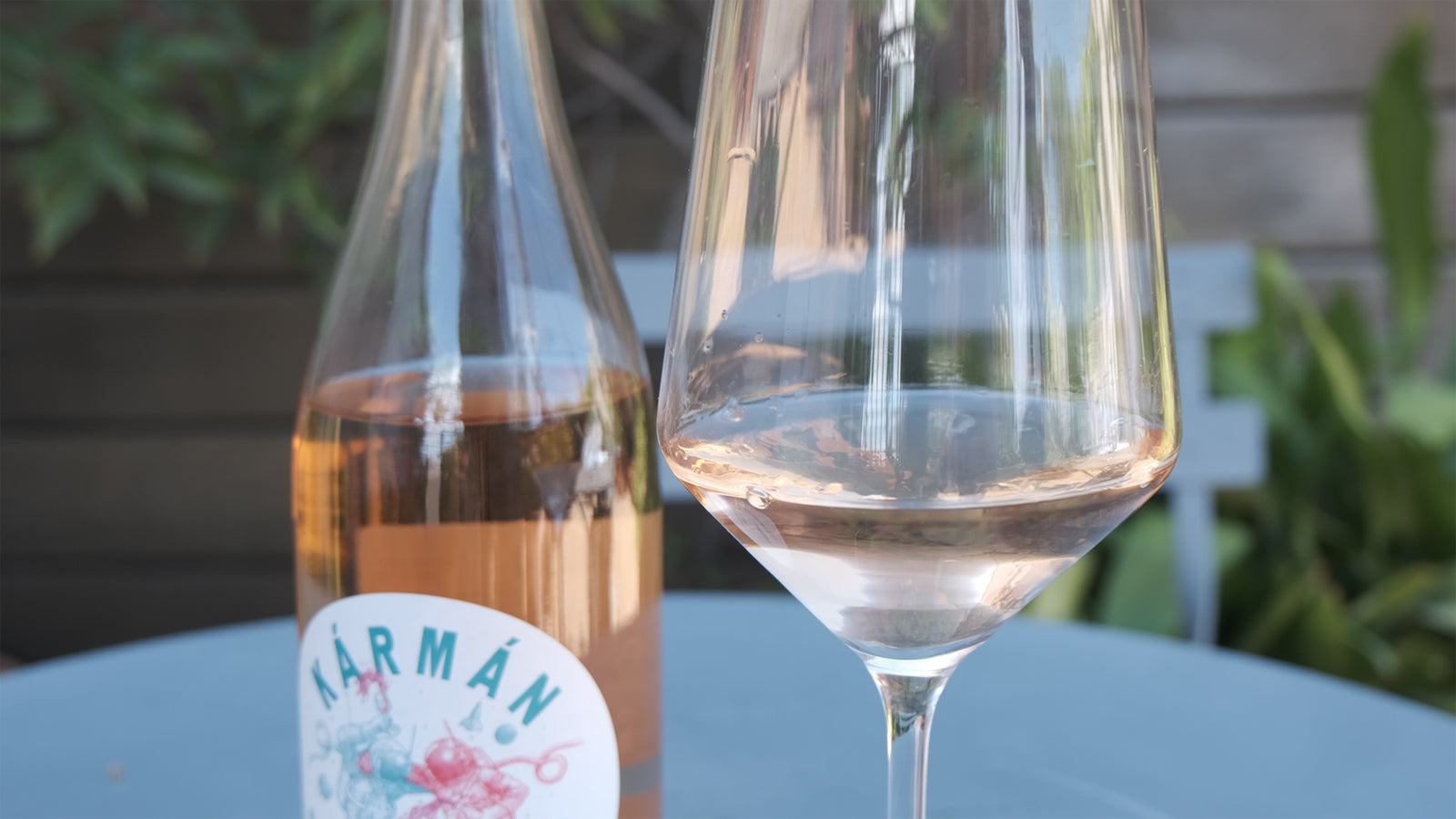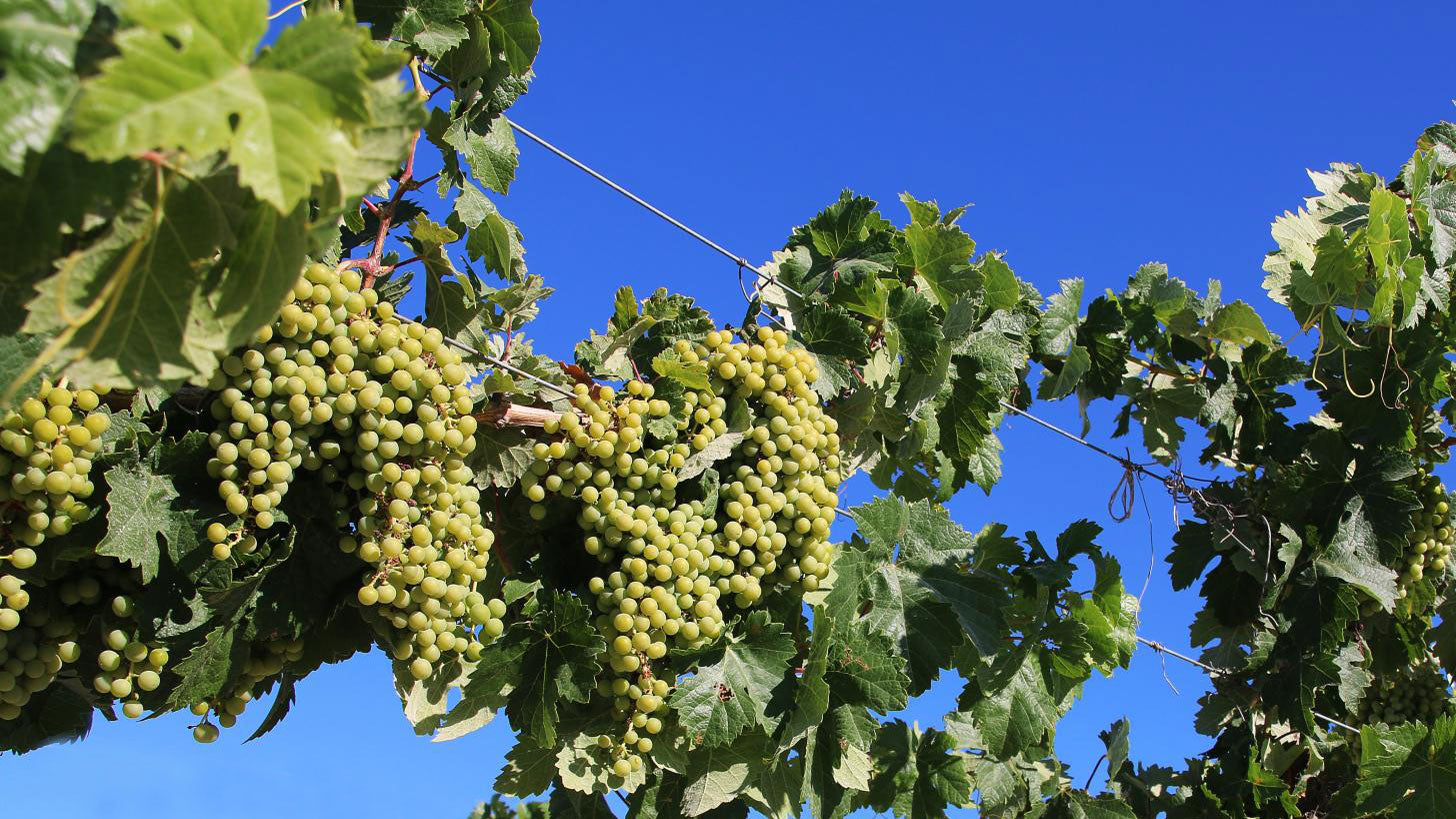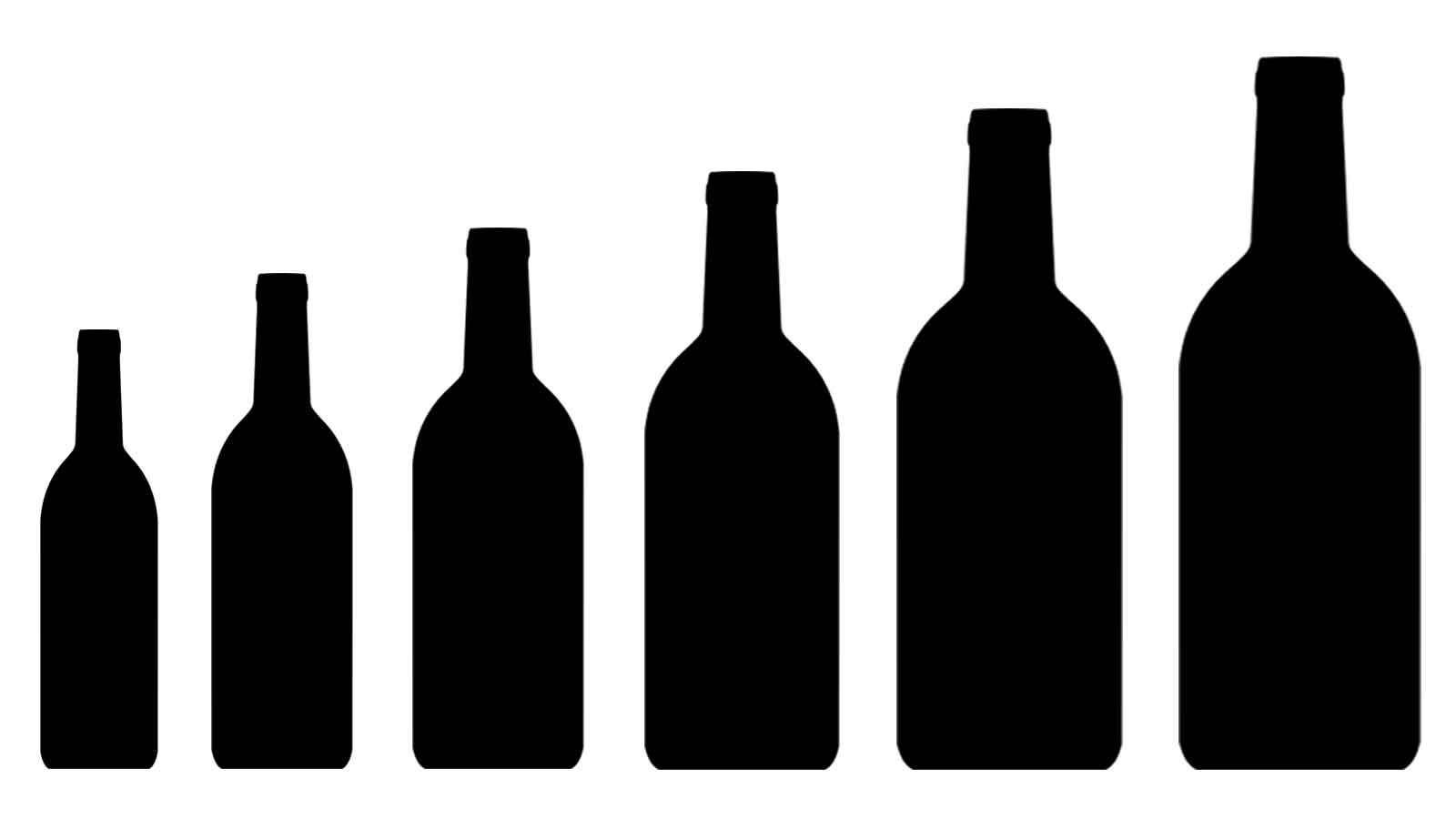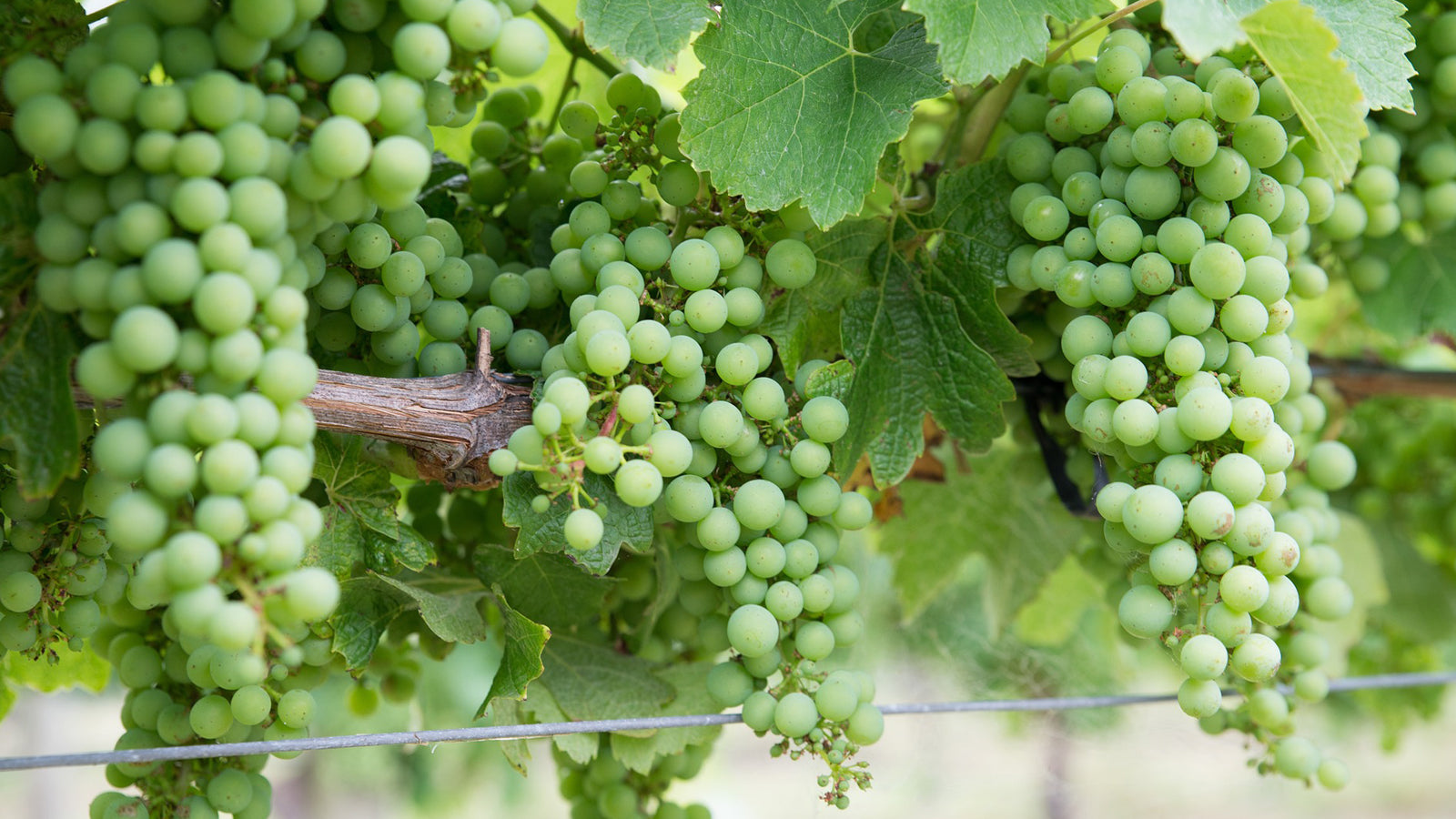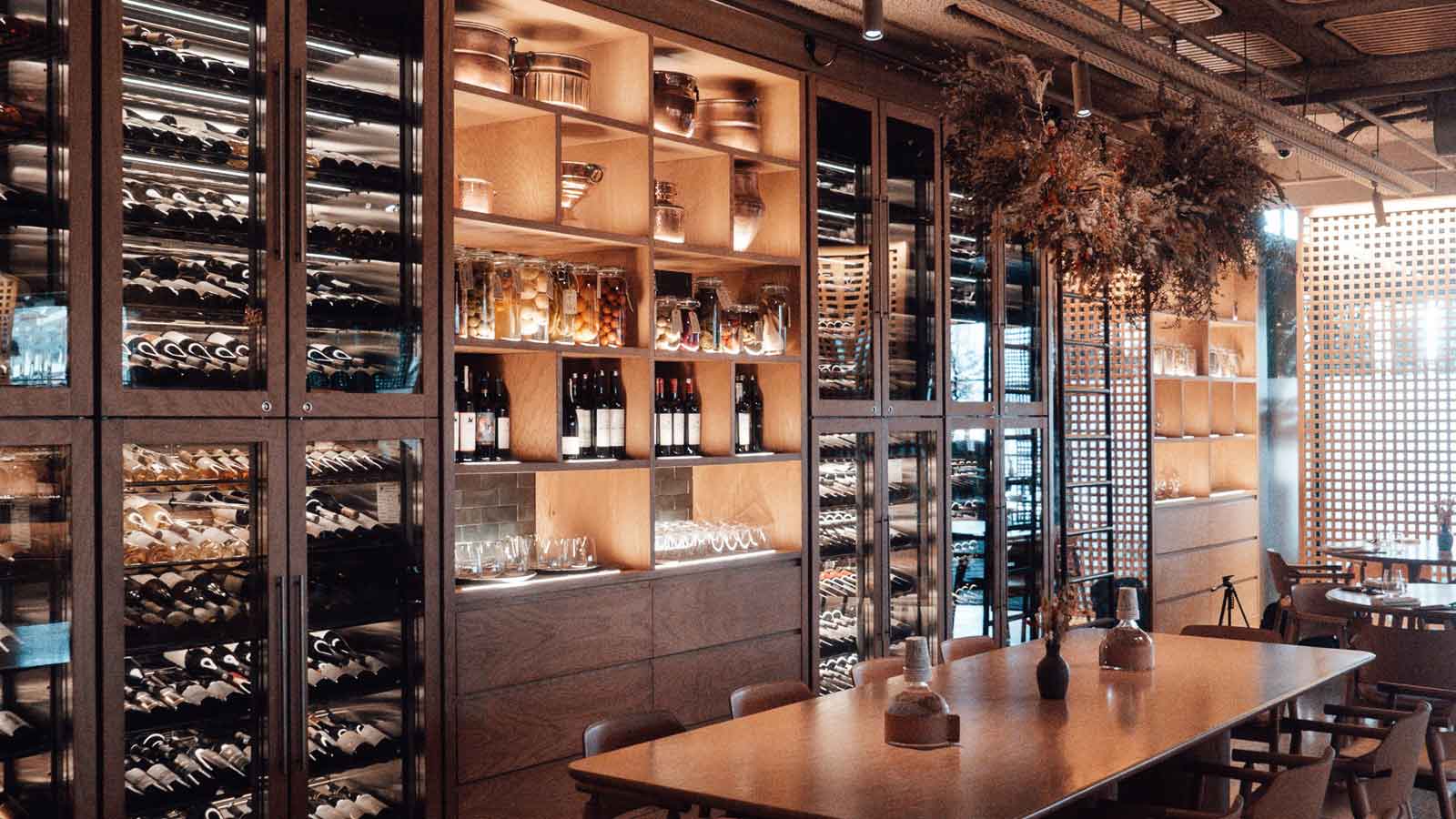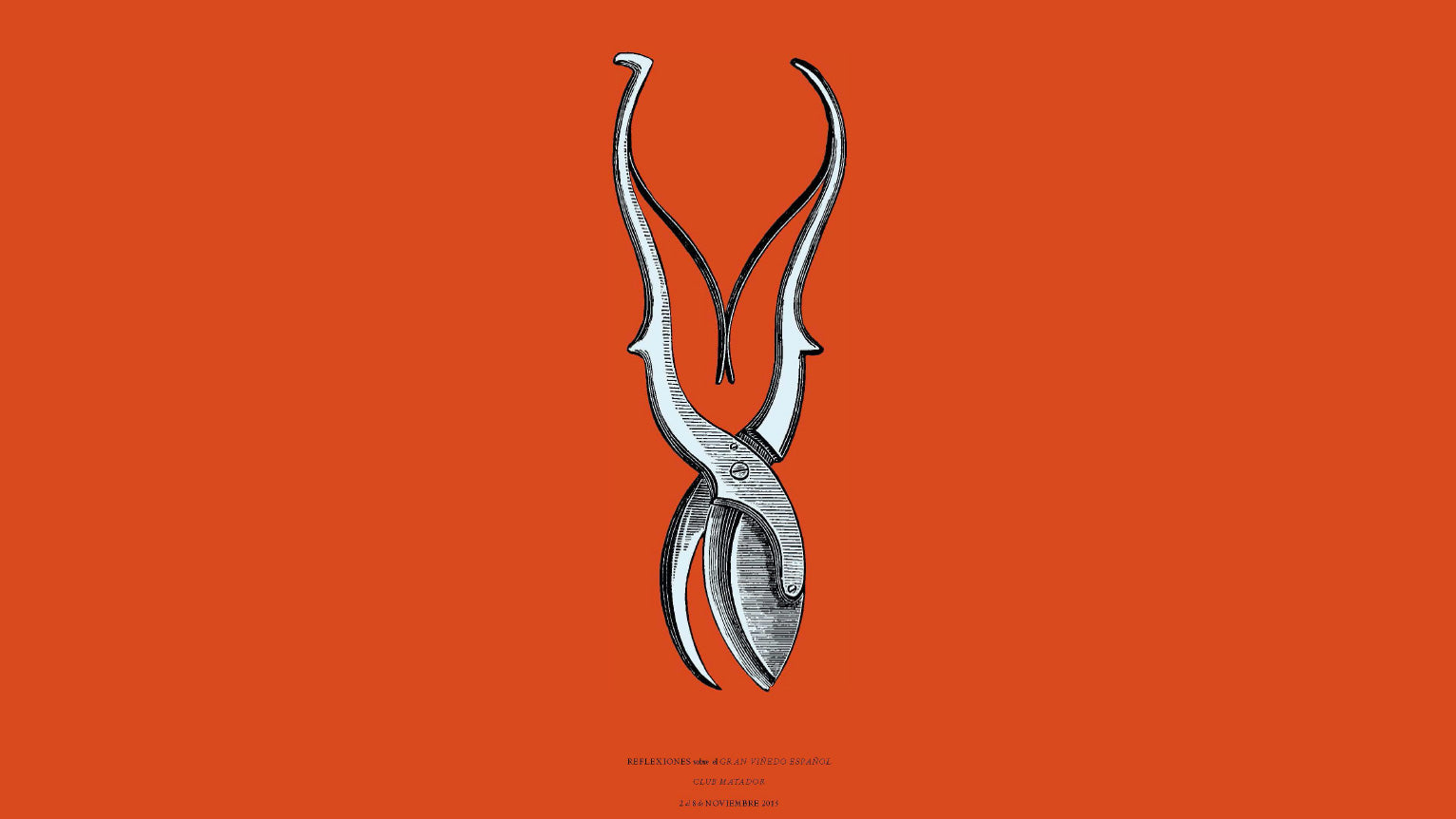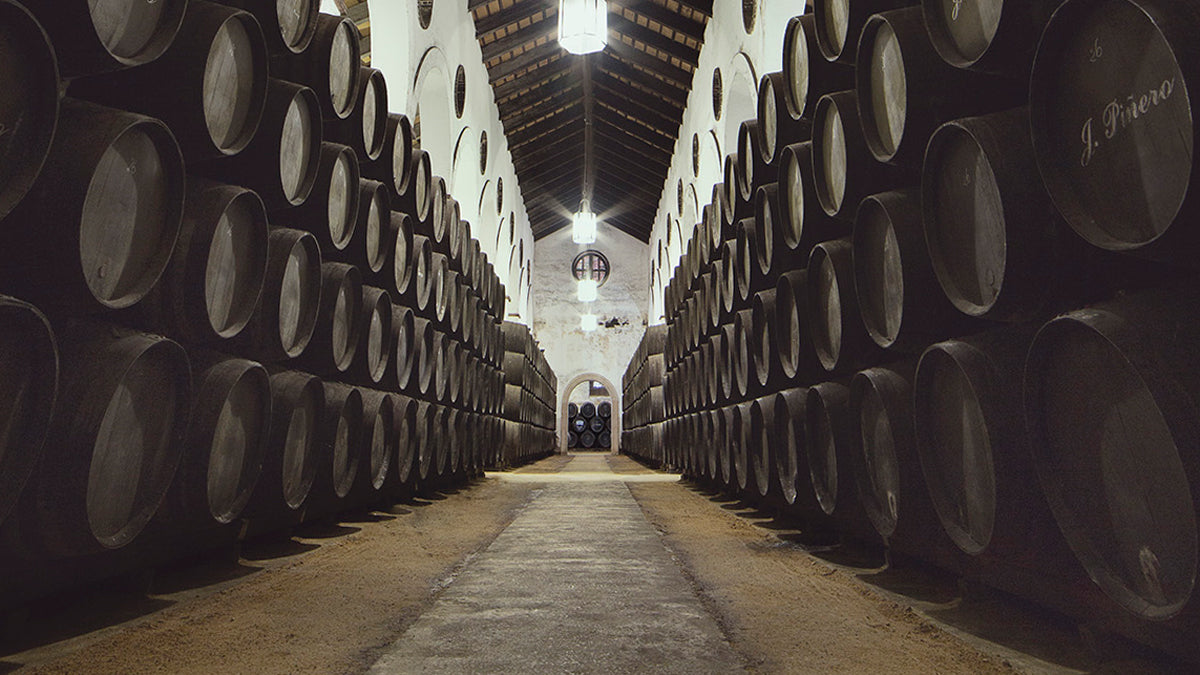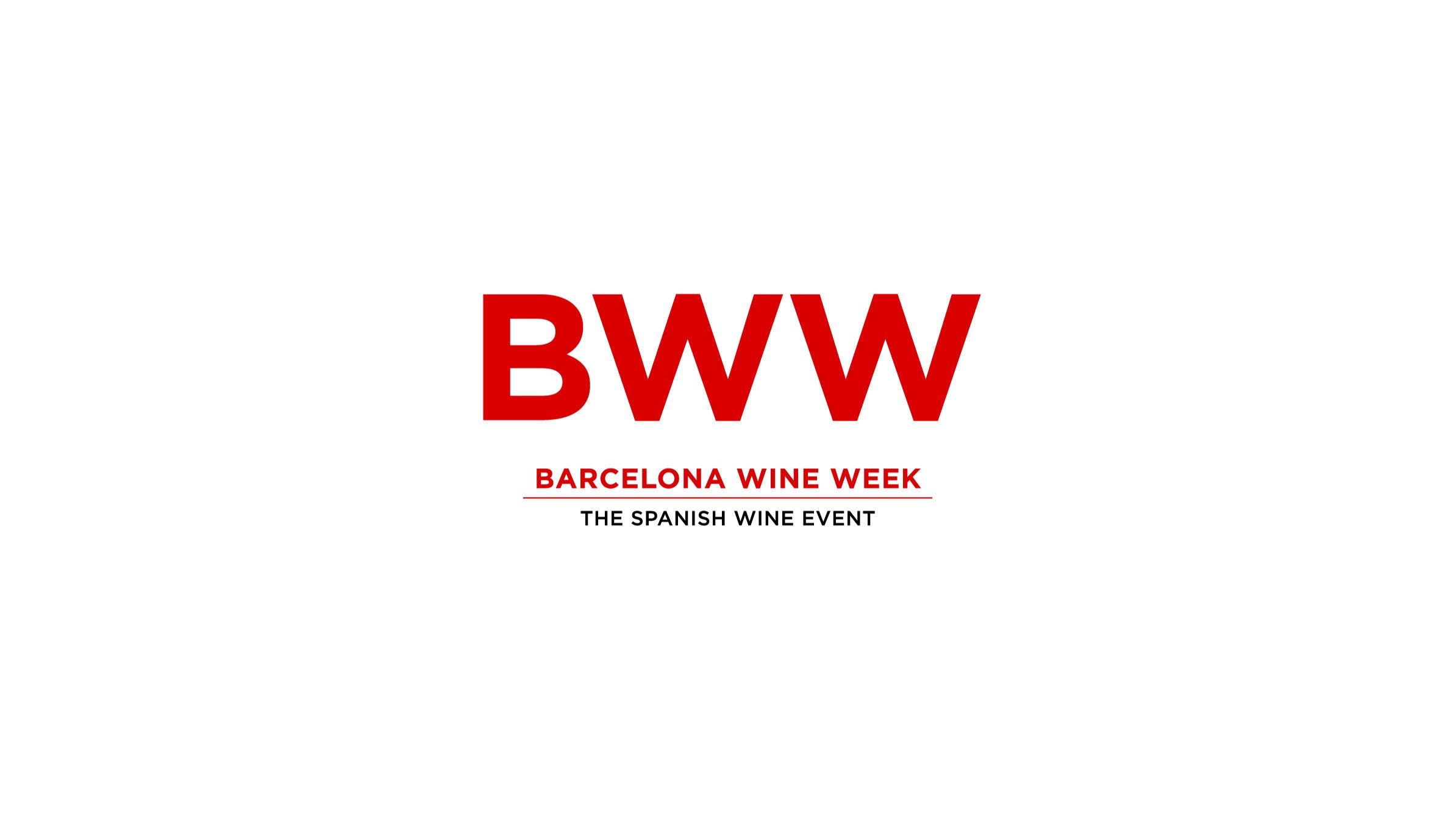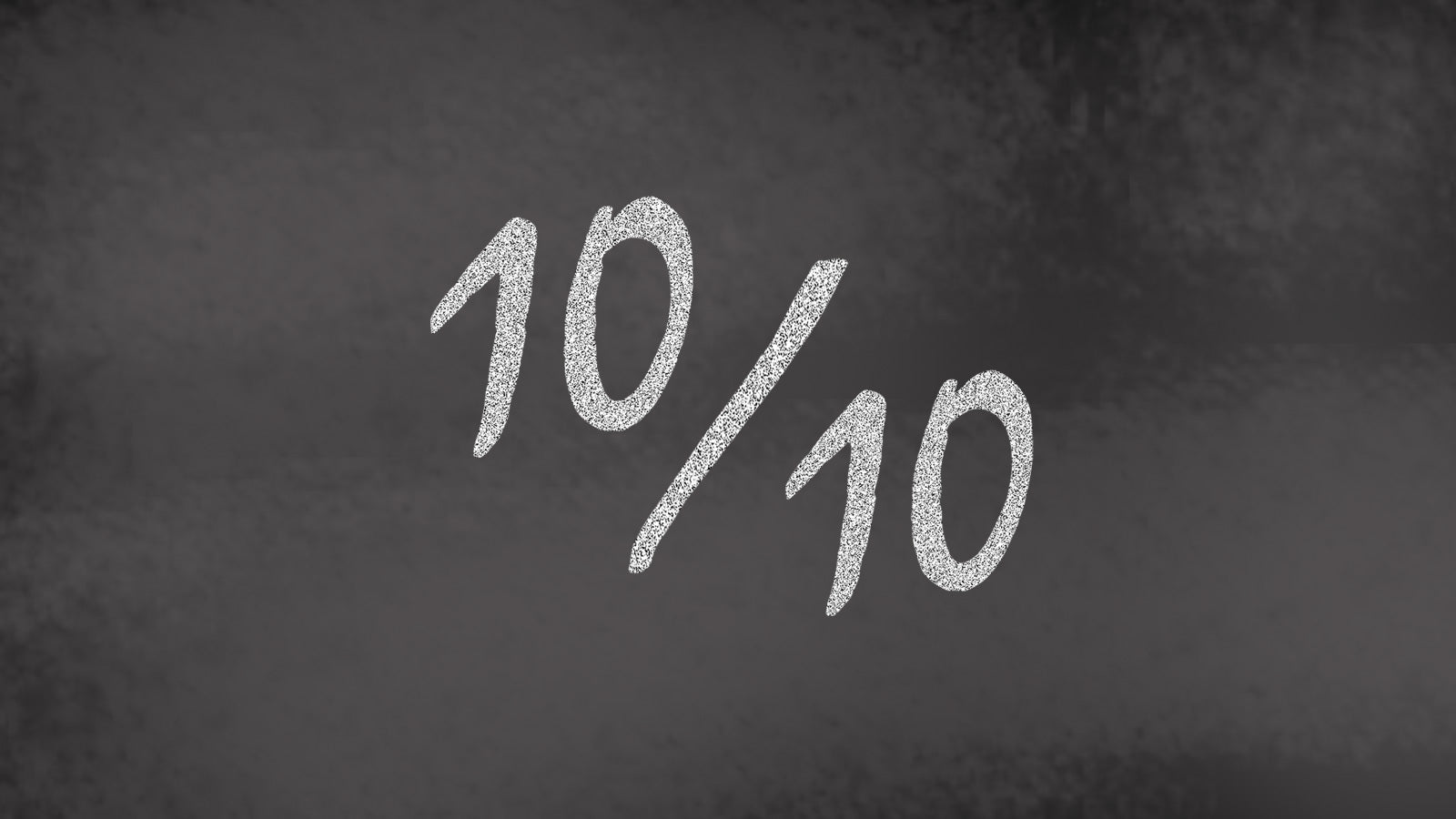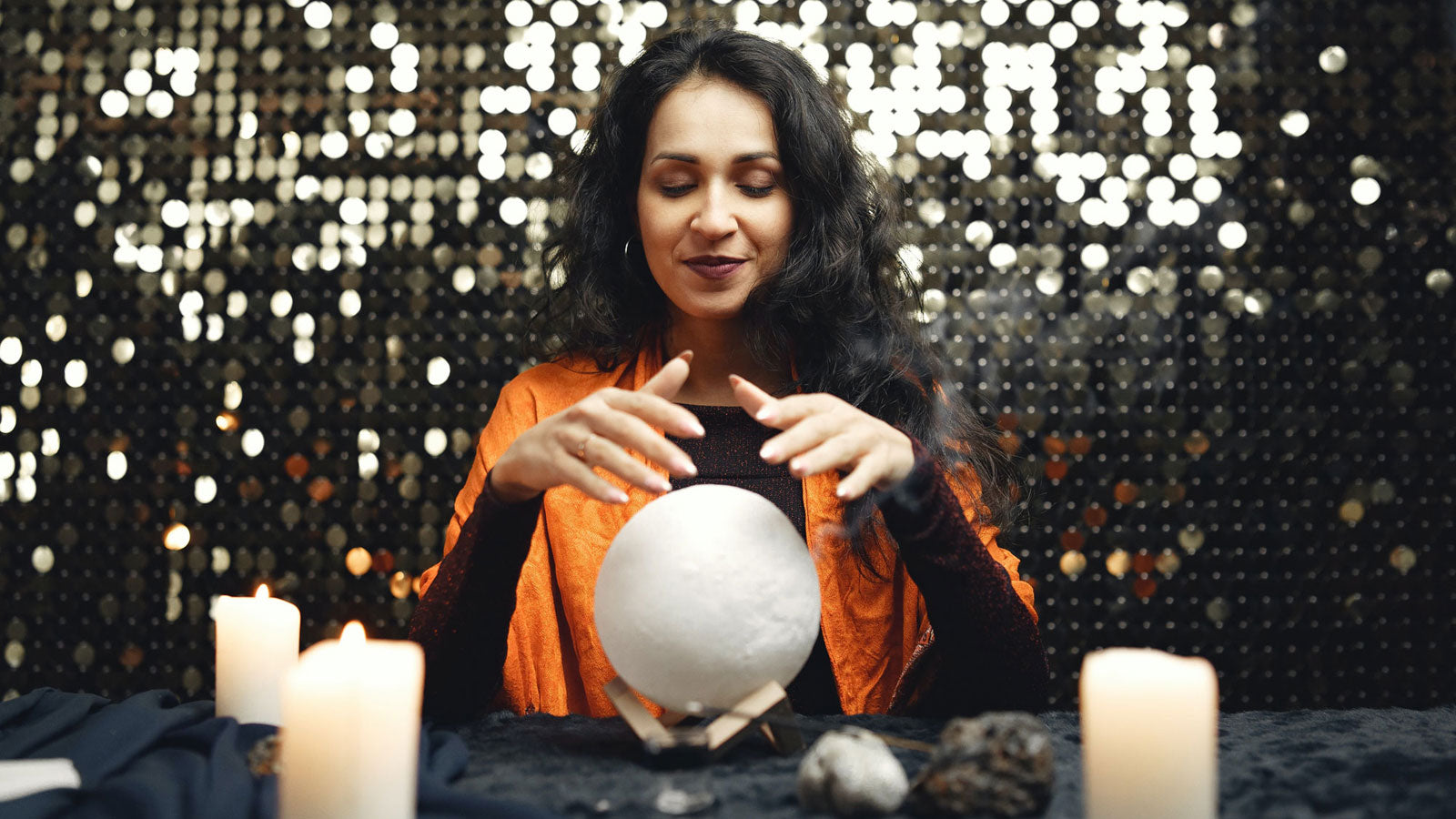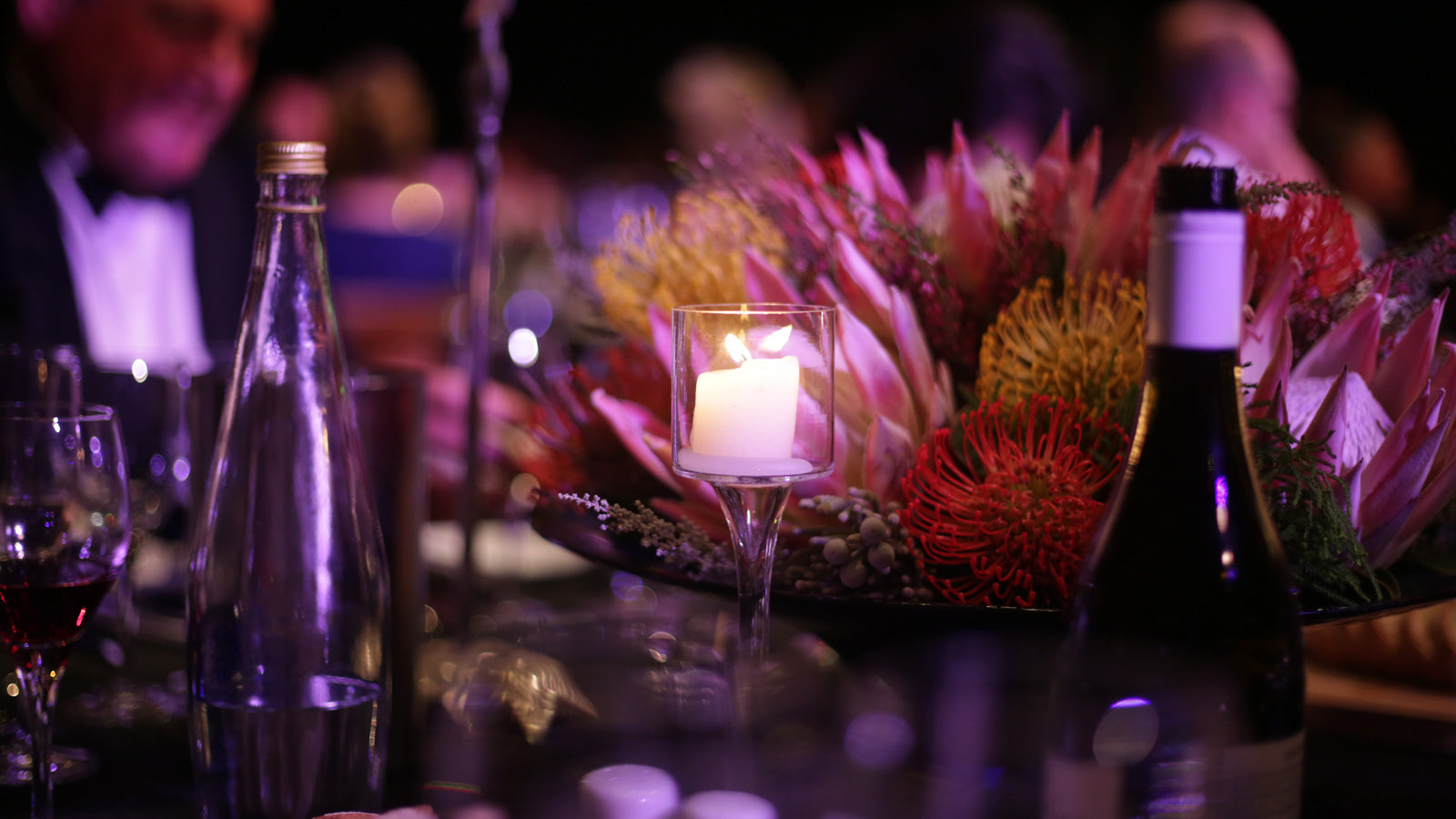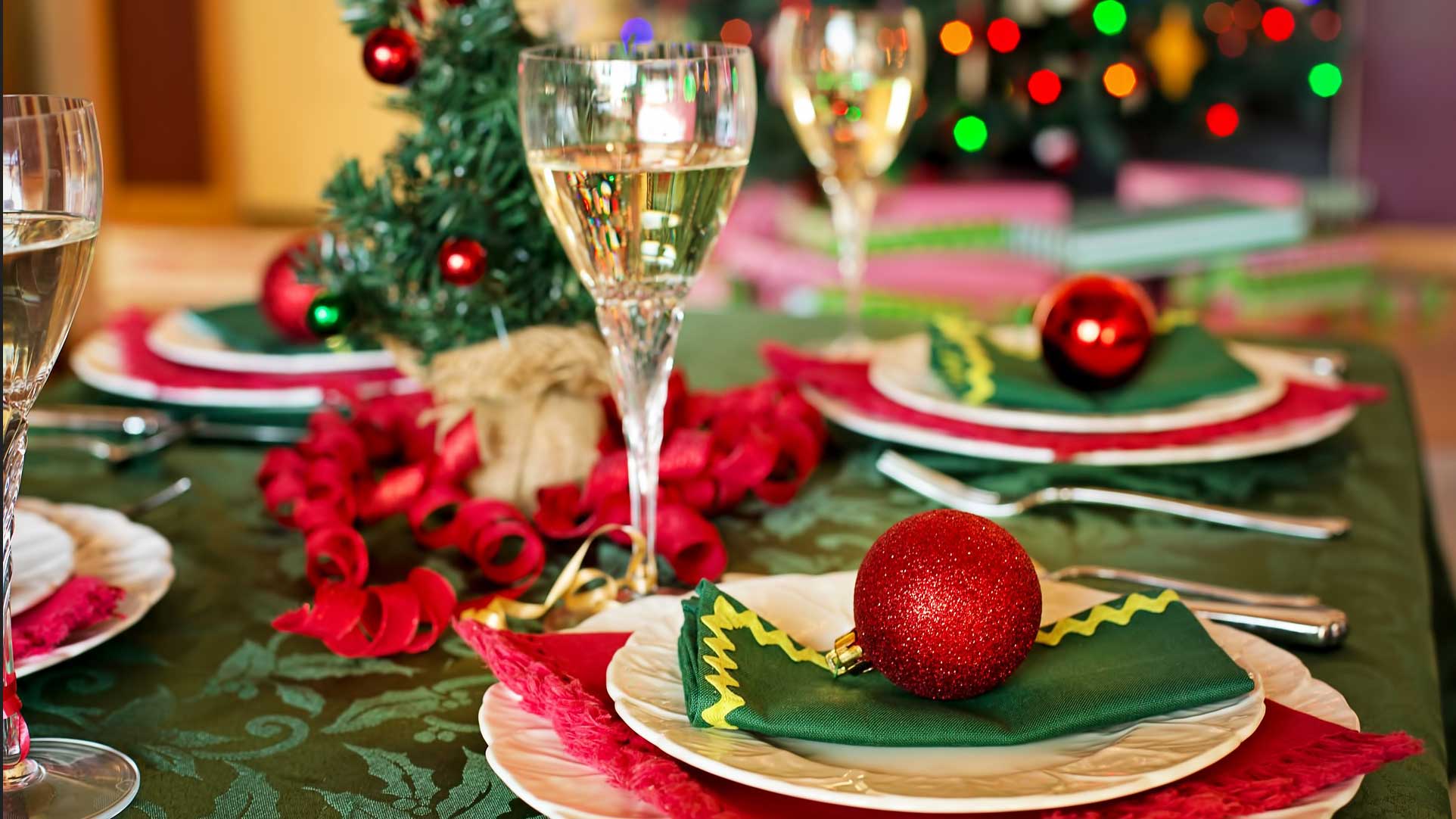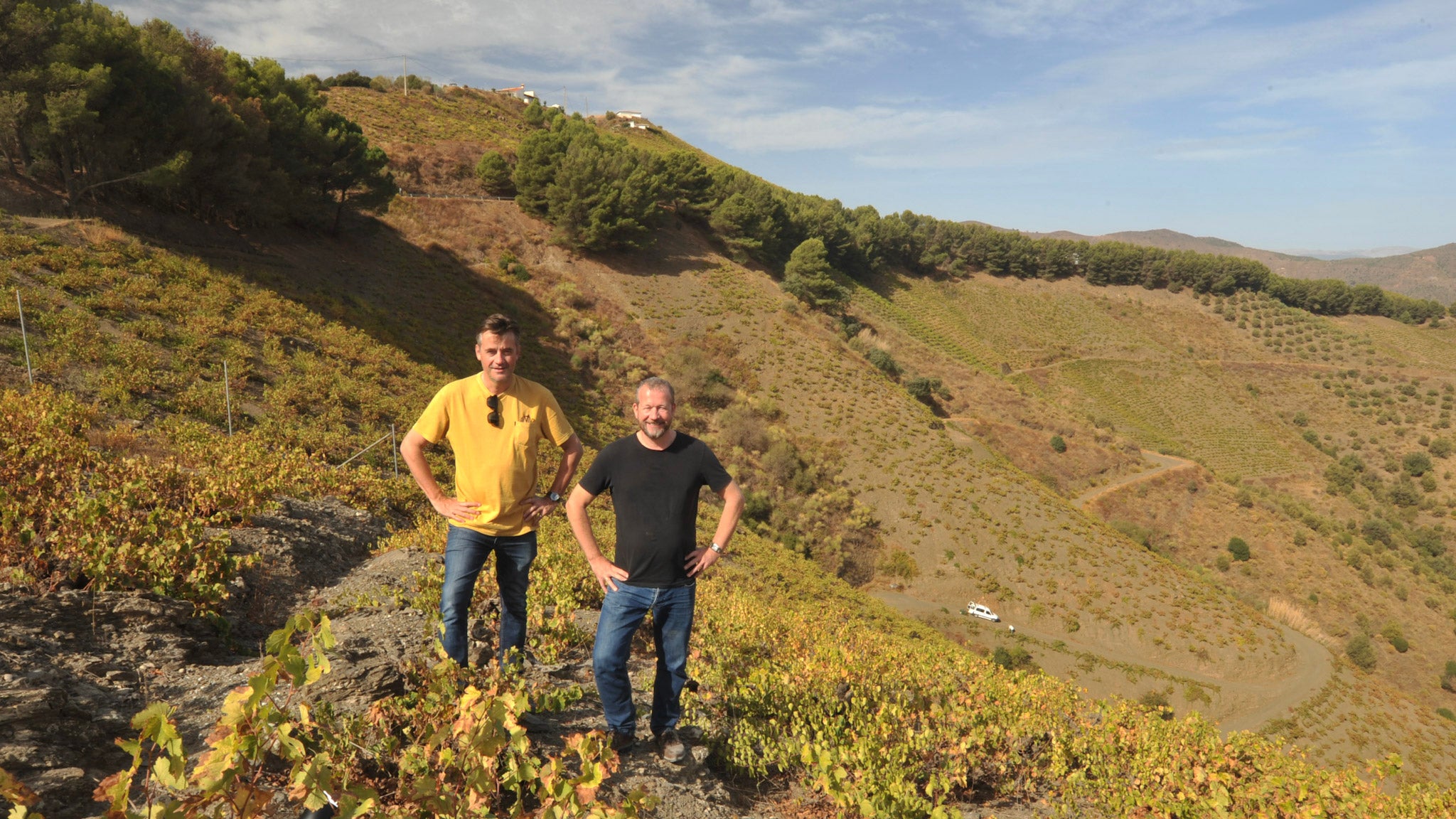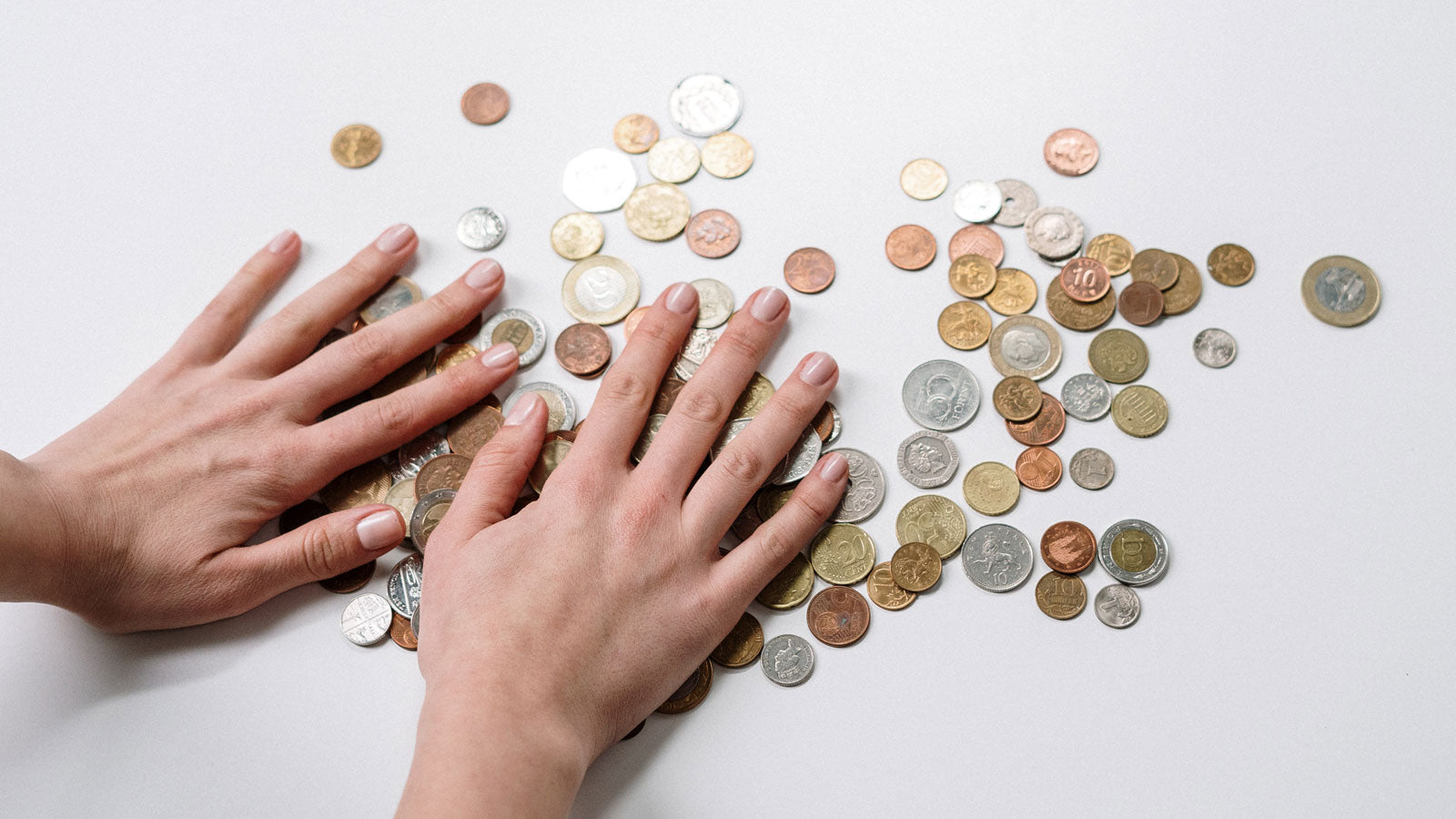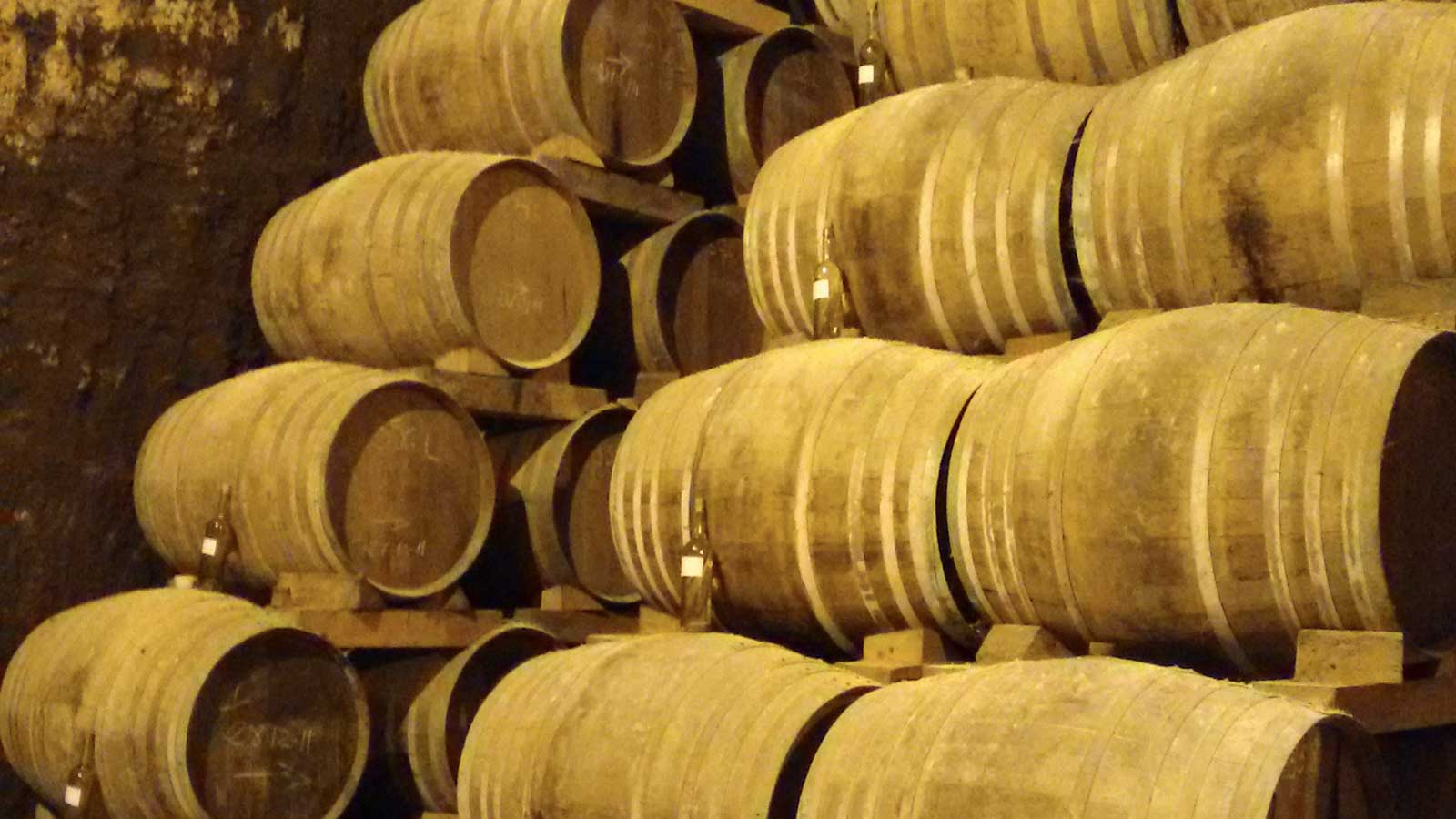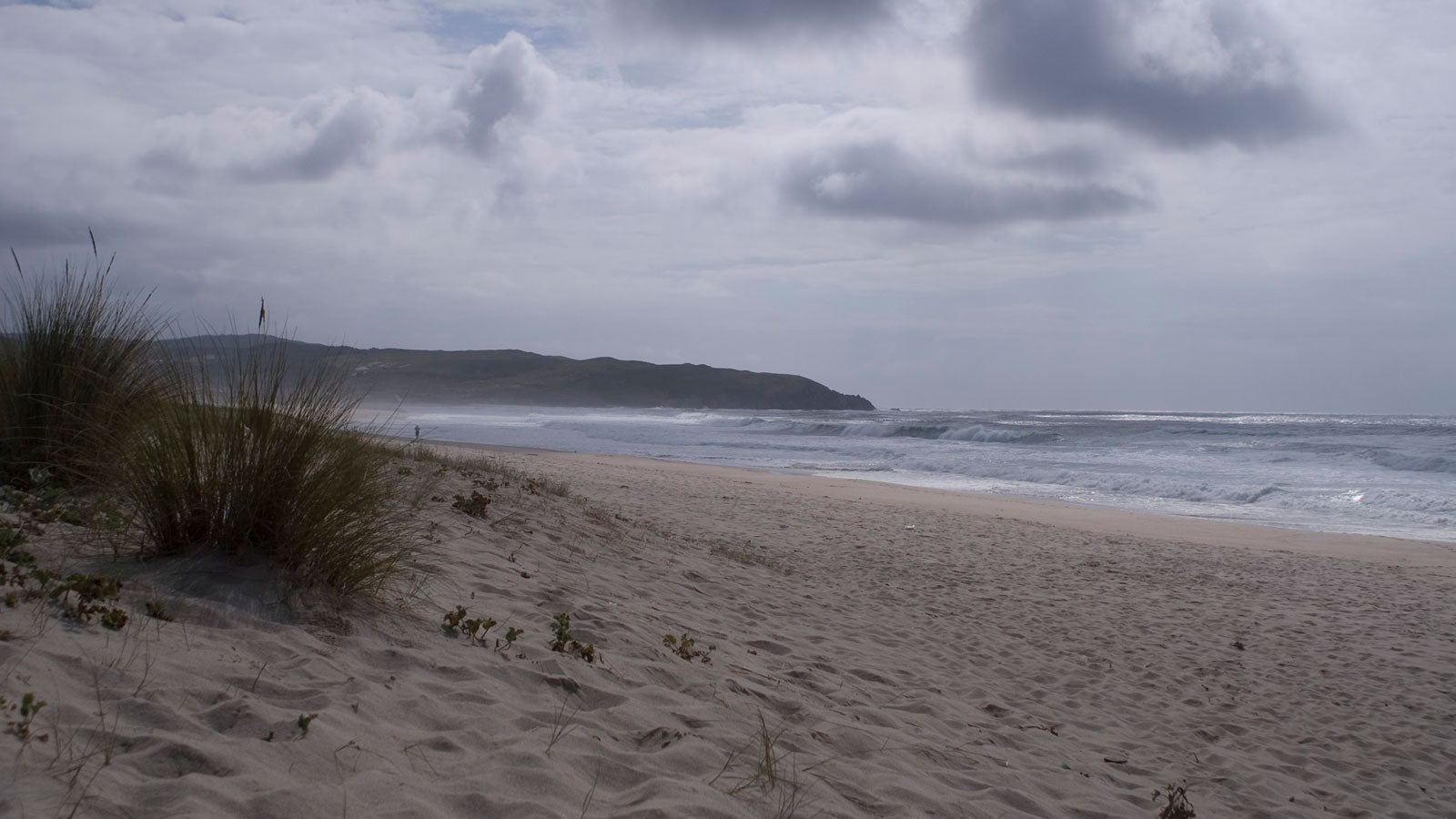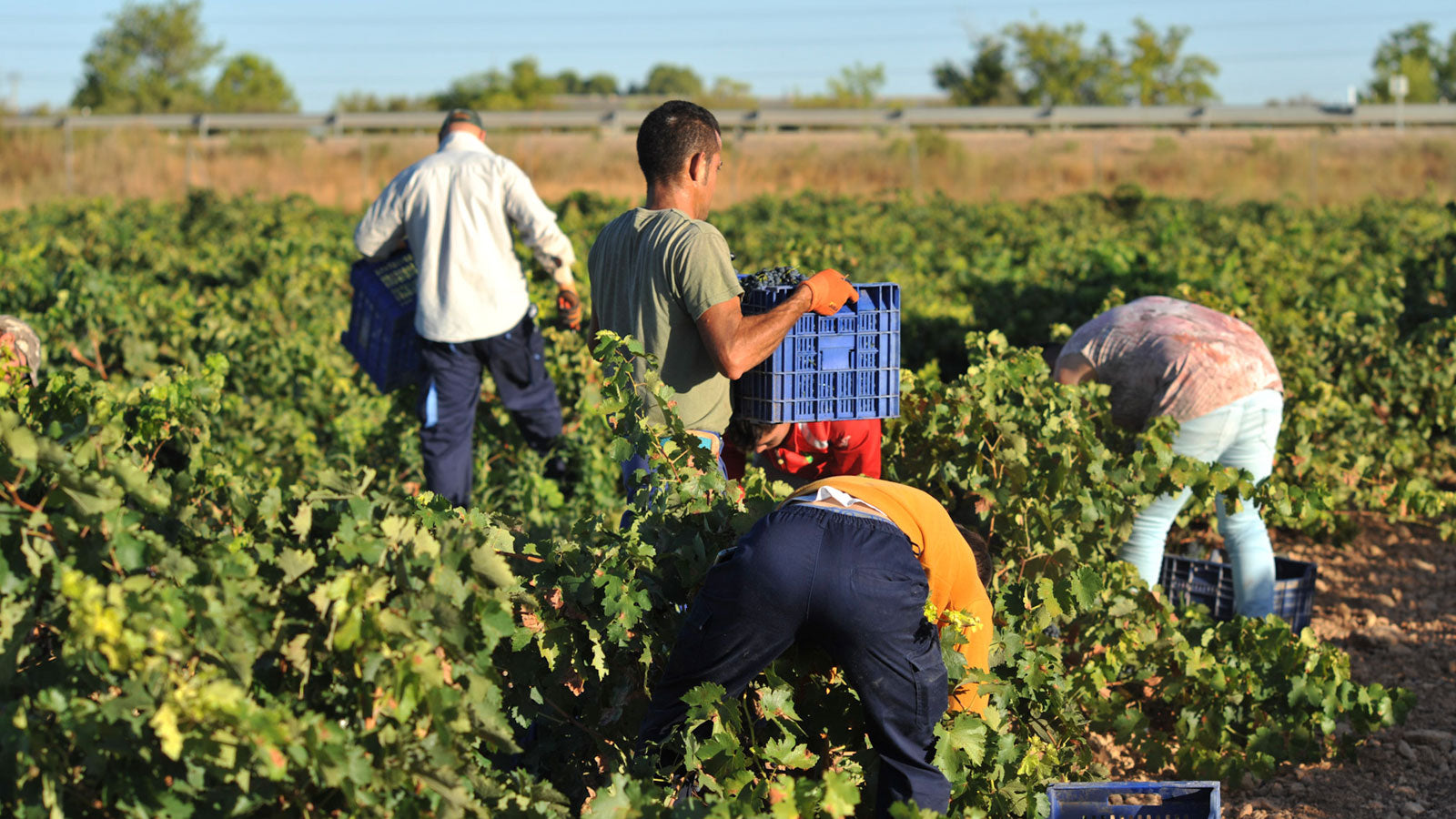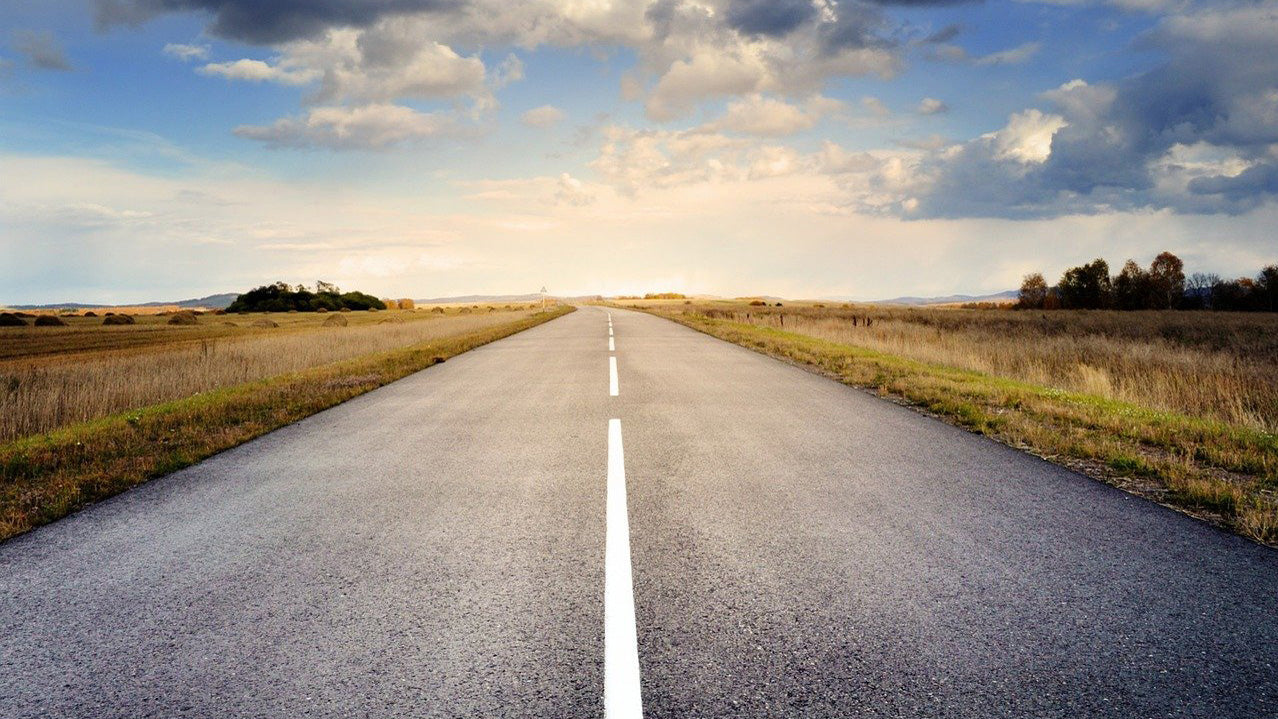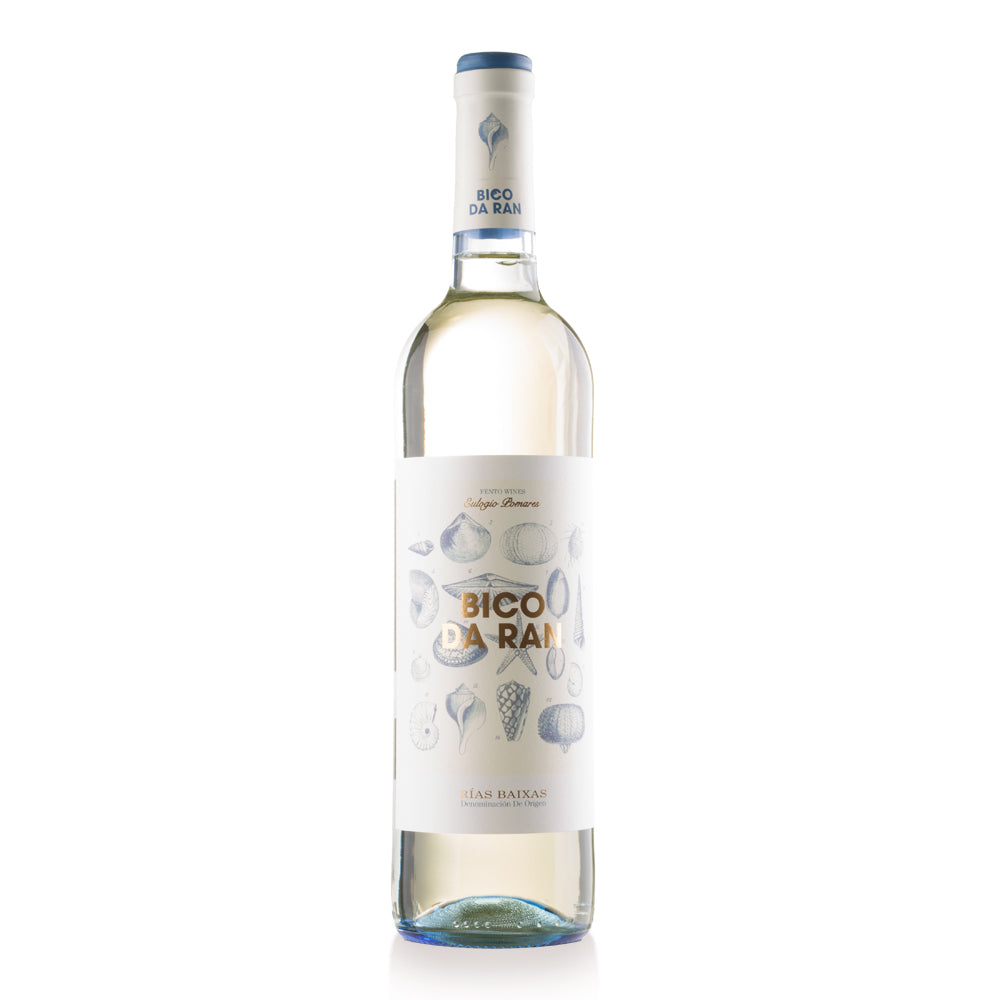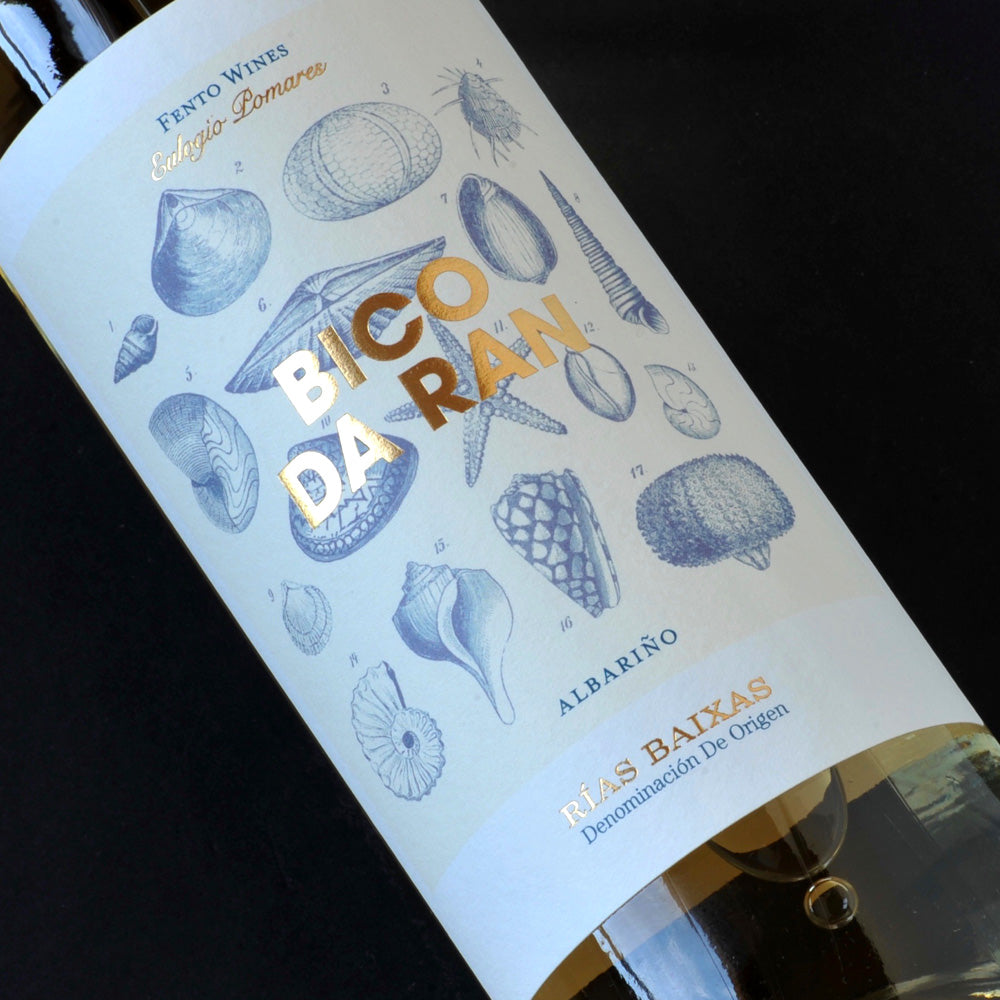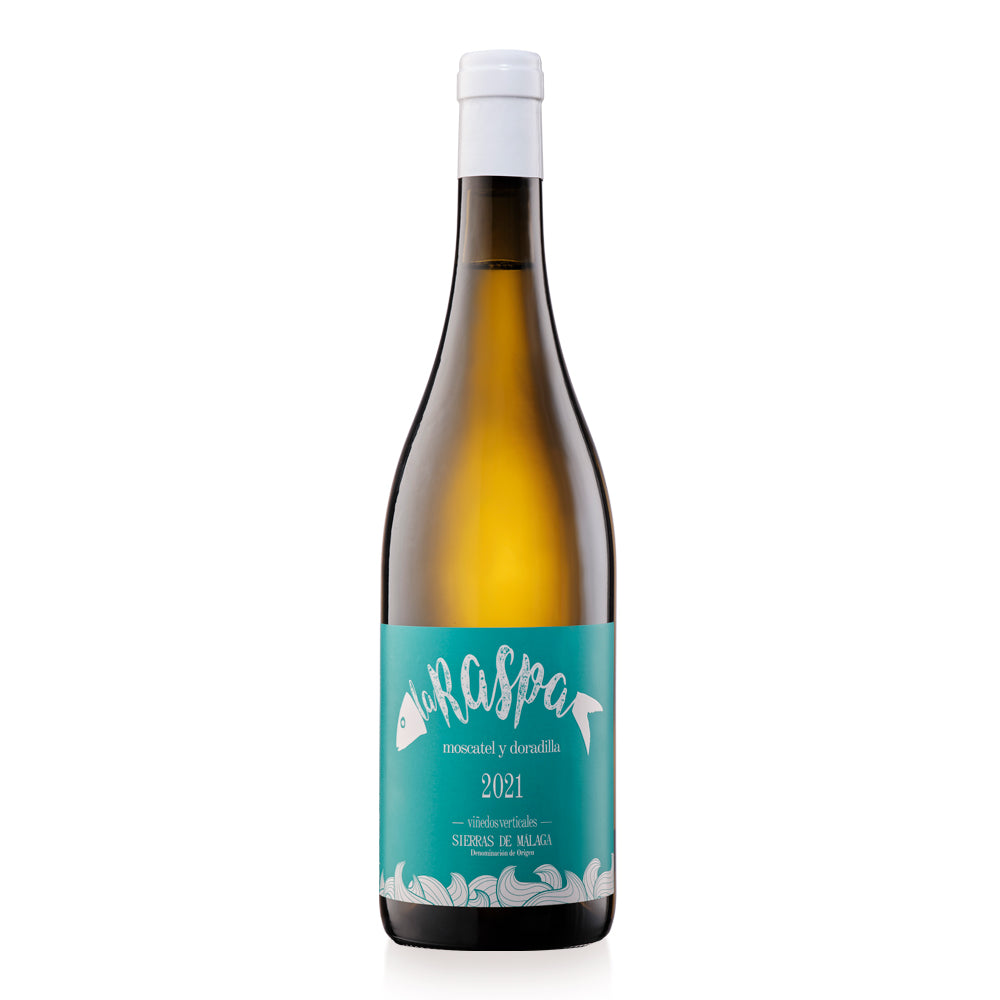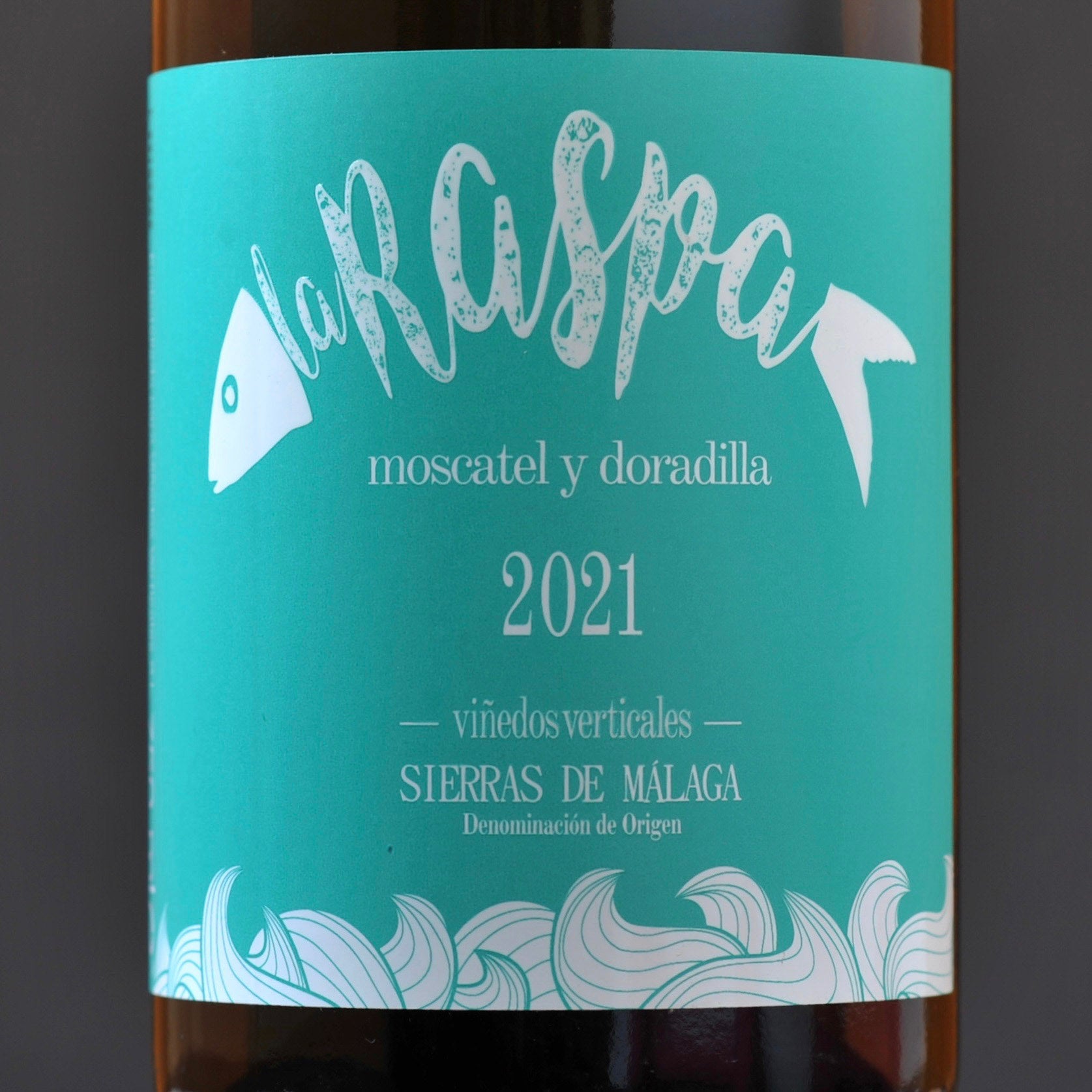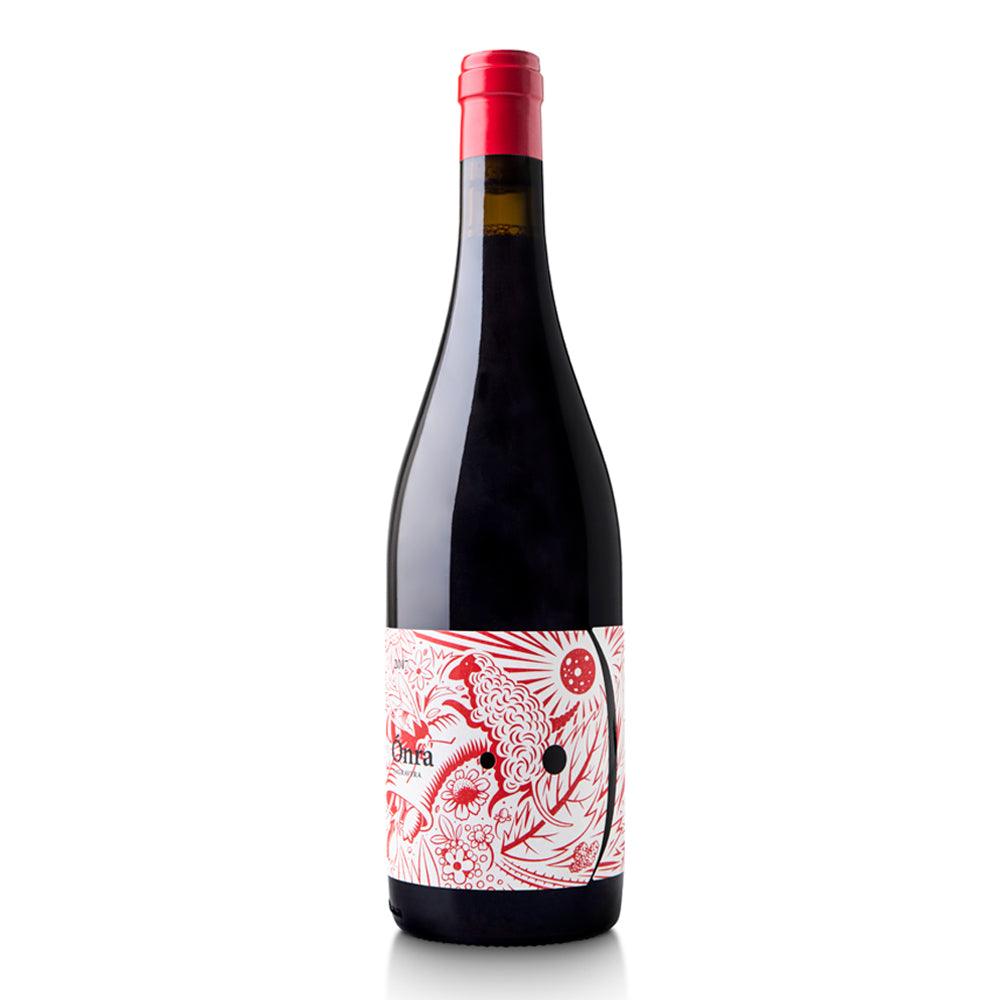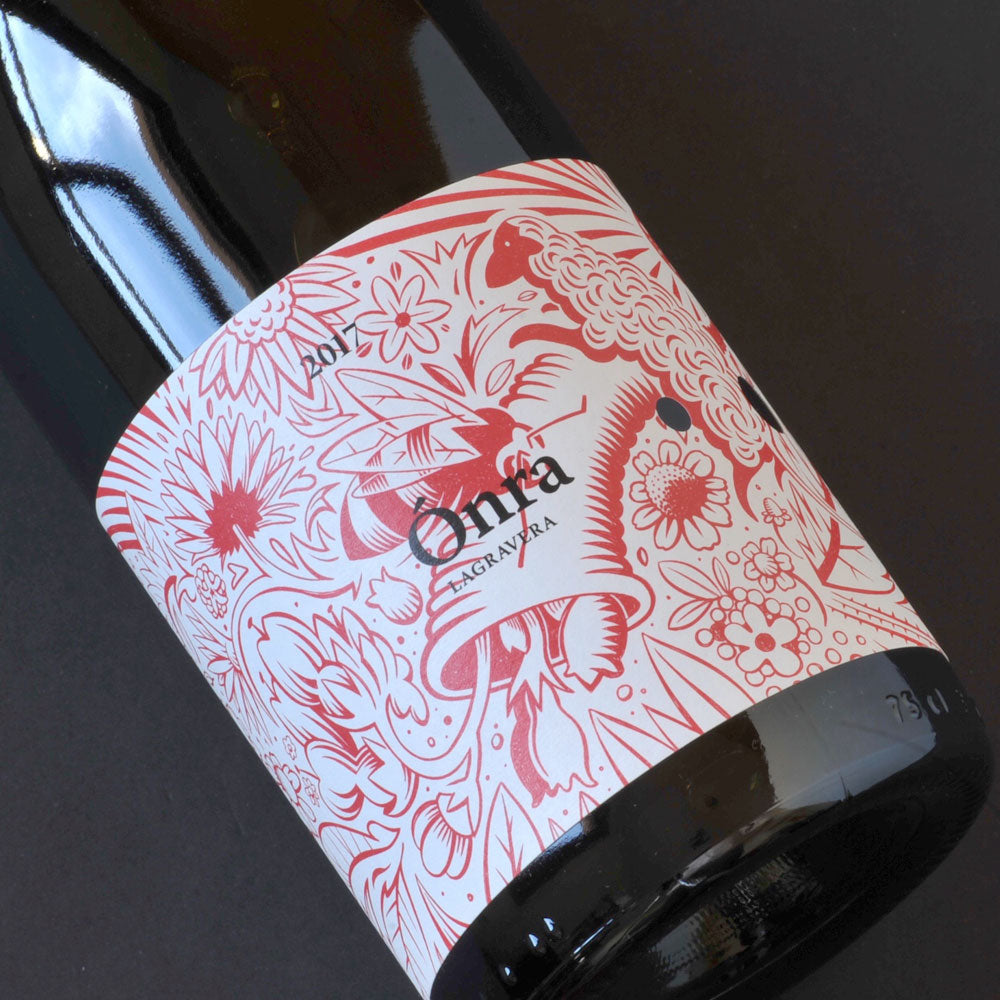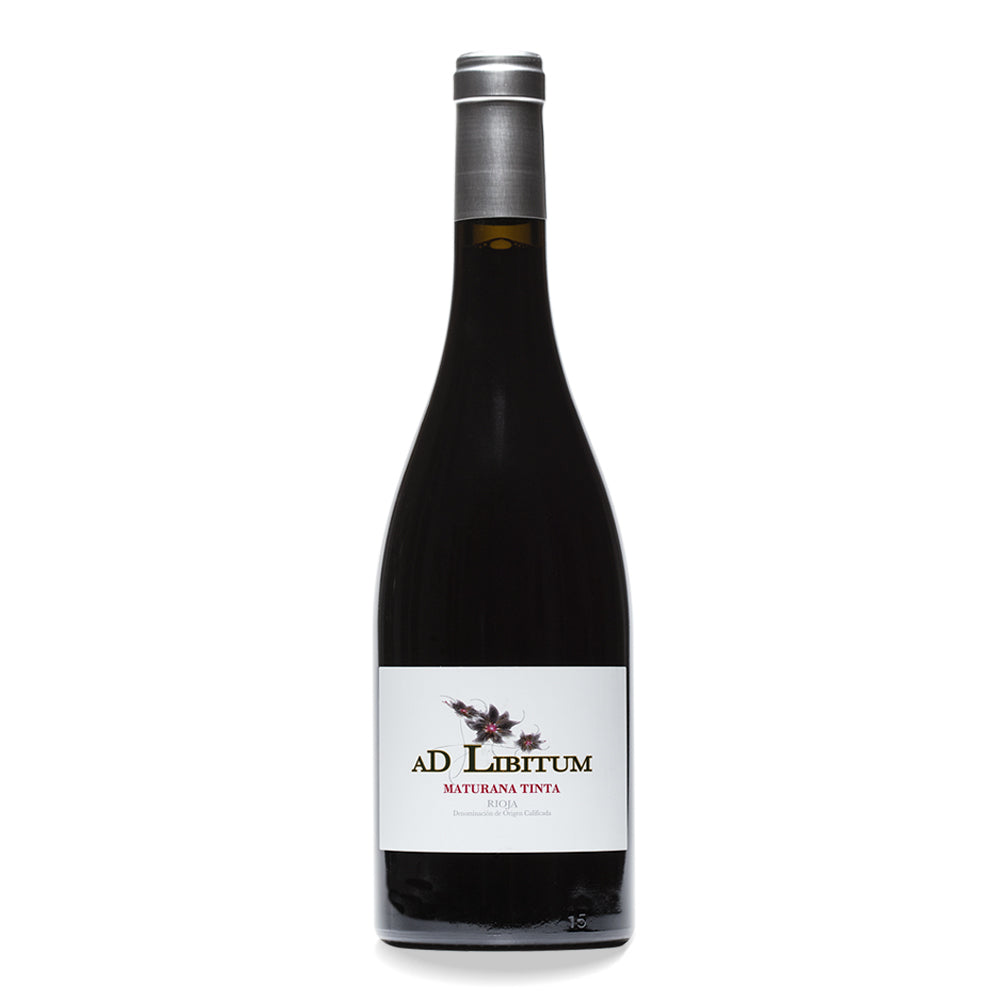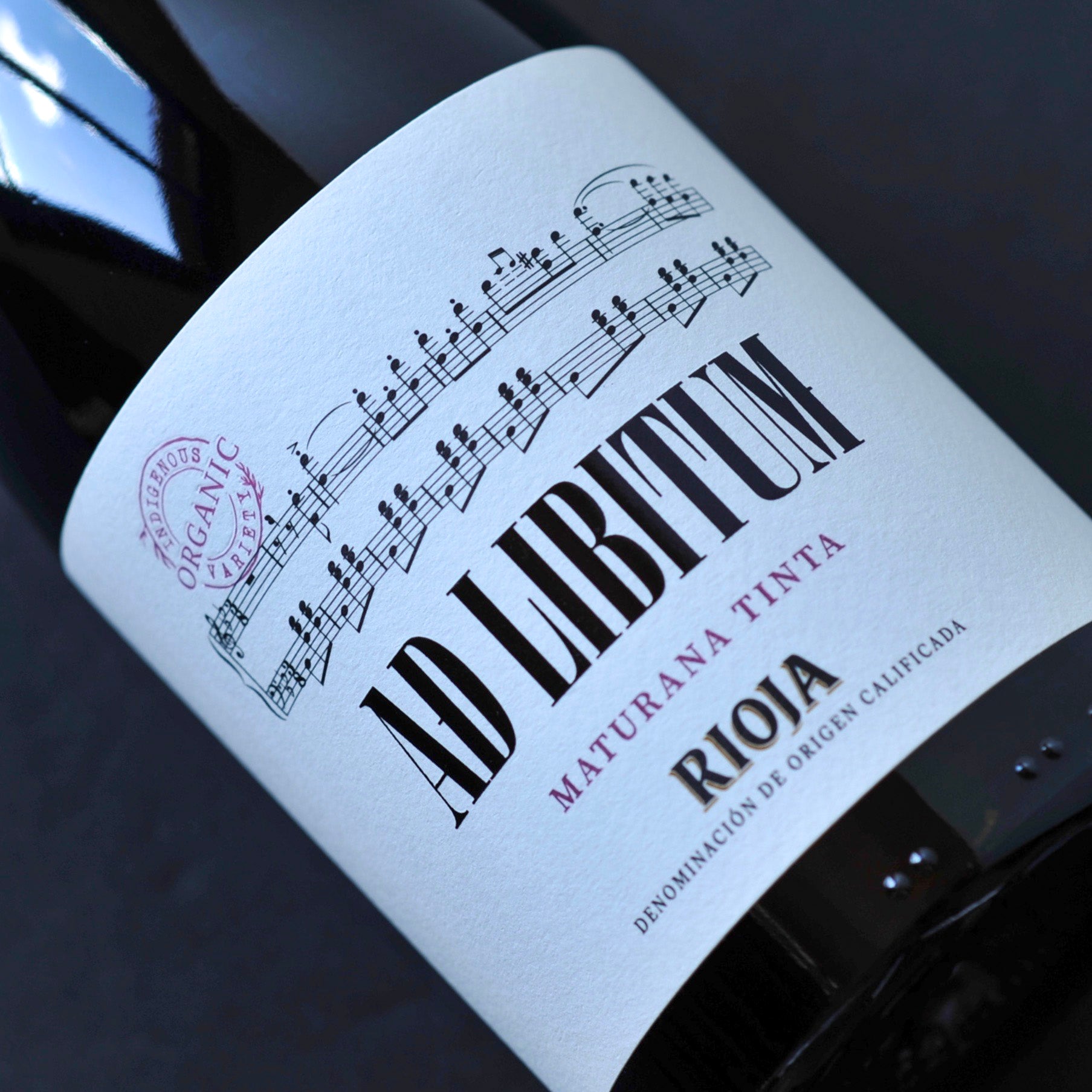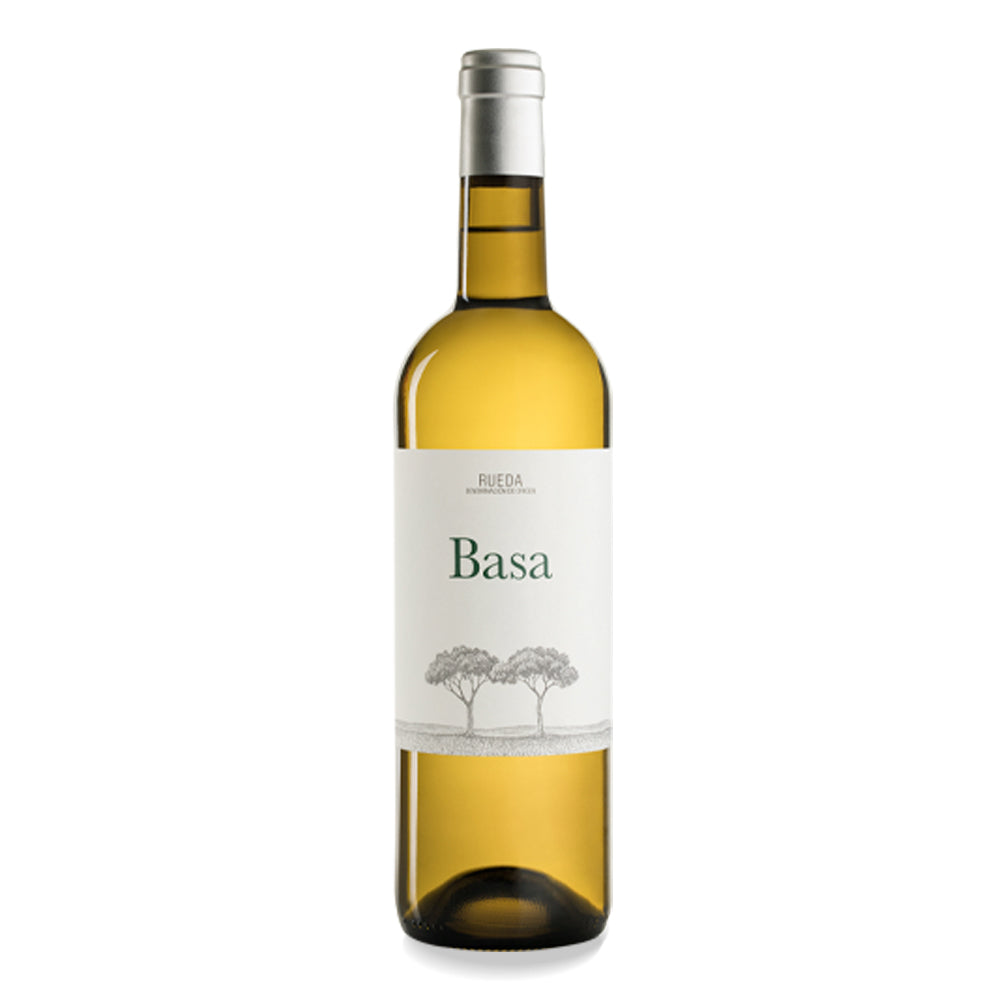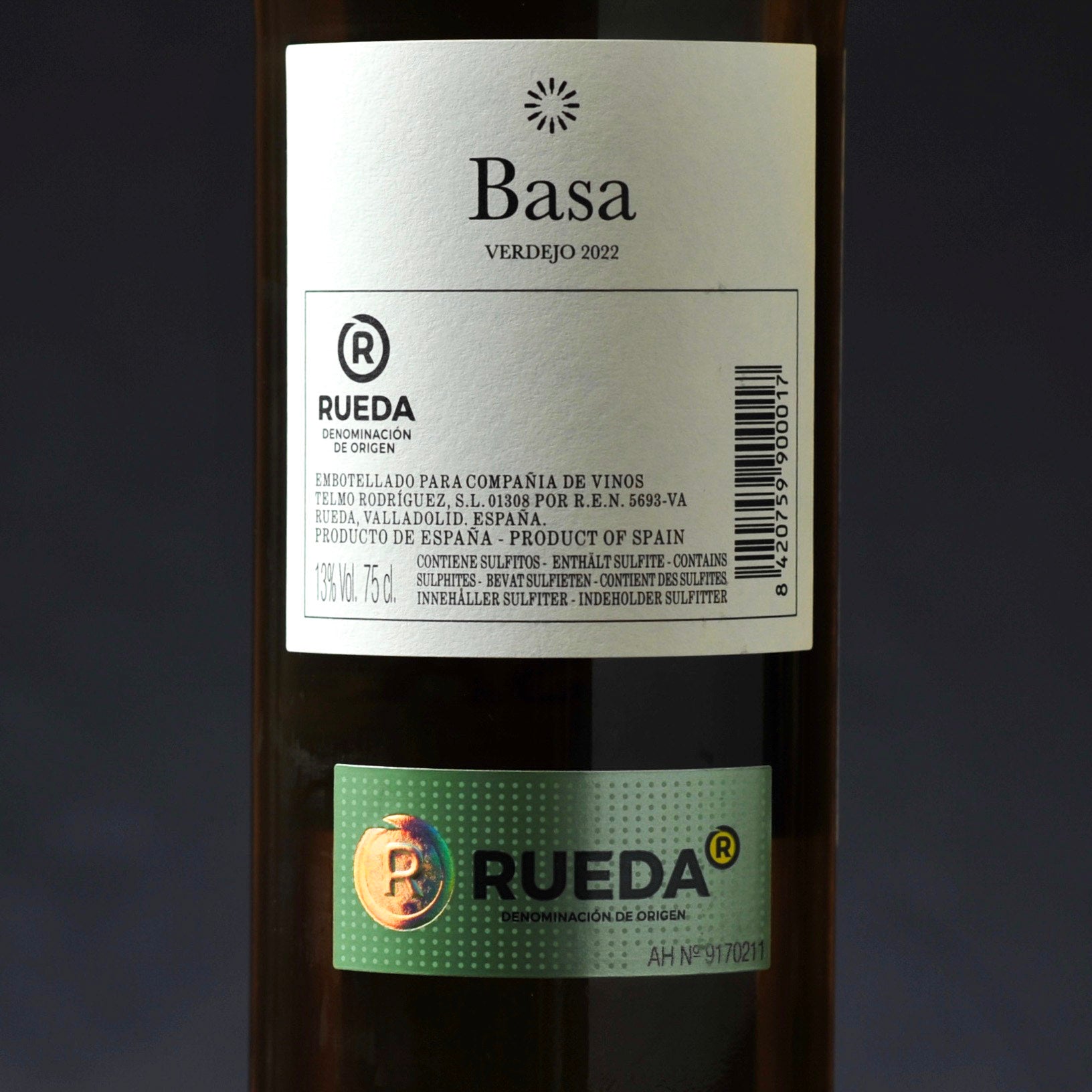We’ve been talking about biodynamic winemaking quite a bit recently, and we’ve even started working with a couple of biodynamic producers like Lagravera and AT Roca. So we thought it was high time for a closer look at what biodynamics is all about.
Biodynamic winemaking is an alternative approach to viticulture that prioritises harmony with nature and the environment. Developed in the 1920s by Austrian philosopher Rudolf Steiner, biodynamics combines organic farming principles with a strong focus on soil health, biodiversity, and lunar and cosmic rhythms. By treating the vineyard as a living, interconnected ecosystem, biodynamic winemakers strive to create a balanced environment that produces exceptional wines and supports long-term agricultural sustainability.
Cosmic connections and the biodynamic calendar
One of the key features of biodynamic winemaking is its reliance on the lunar calendar which categorises days as fruit, flower, leaf, or root days. Fruit days are when the moon is in any of the fire signs such as Aires, Leo, and Sagittarius; flower days mean air signs like Gemini, Libra, and Aquarius; leaf days are when the moon is in any of the water signs such as Cancer, Scorpio, and Pisces; and root days mean earth signs, such as Capricorn, Taurus, and Virgo. Biodynamic winemakers plan vineyard activities such as pruning, planting, and harvesting according to these classifications, as they believe that the cosmic forces at play on each day can influence the final taste and quality of the wine.
Biodynamic winemakers also plan their vineyard activities around the cycles of the moon. There is too much theory behind this to go into here, but as an example, it’s believed that a full moon increases the water content of the soil and has a positive effect on seed germination. Understanding how the various stages of the moon cycle impact the land and plant development enables biodynamic winemakers to decide when is best to carry out specific activities in the vineyard.
Biodynamic fertilisers and pest control
But it’s not just about full moons and fire symbols. Biodynamic winemakers also rely on organic and natural methods to nourish their vineyards and protect them from pests and diseases. They use a selection of nine, specially prepared composts, herbal teas, and mineral sprays, many of which are made from ingredients sourced directly from the vineyard. One of the most famous biodynamic preparations is called "Preparation 500" which consists of cow horns filled with cow manure which are then buried underground and slowly ferment over the winter to create a potent, nutrient-rich compost.
Biodiversity and polyculture
Promoting biodiversity is another core principle of biodynamic winemaking. Growers incorporate a variety of plants and animals into the vineyard ecosystem which helps enhance soil health, reduces the need for chemical inputs, and creates a more resilient agricultural system. Polyculture, or the practice of growing multiple crops in the same area, is another essential aspect of biodynamic viticulture. By planting cover crops and maintaining natural habitats, such as hedgerows and wildflower meadows, biodynamic winemakers create a diverse and dynamic environment that fosters healthy vines and high-quality grapes.
Biodynamic certification
After all that work in the vineyard, biodynamic producers will often go the final mile and label their wines biodynamic using one of the certification bodies like Demeter. That process can be quite costly; Demeter, for example, will charge a winery about 2% of its revenues to be certified. And certification means some pretty strict rules like no plastic or fibreglass tanks in the winery, very low levels of sulphur permitted in the wine, and no GMOs or animal products like isinglass or gelatine. These rules, coupled with things like the additional manpower required for manual harvesting or preparing composts, mean that the costs of biodynamics can be significantly higher than for conventional winemaking.
What do biodynamic wines taste like?
After all that, the $64,000 question is: does biodynamic wine taste any better than "normal" wine? Well, as you might expect, the answer is it depends. Speak to a biodynamic wine producer – and we have! – and they will almost always tell you that good wine starts with good soil. A biodynamic approach, with its focus on a healthy vineyard, often gives lower yields and healthier fruit with a better balance between sugar and acidity which helps ensure more intense flavours. What is certainly true is that biodynamic winemaking offers a refreshing and sustainable approach to viticulture that aligns with the growing demand for environmentally responsible production, and increased consumer interest in how food and drink products are made.
The best way to see how they taste is to open a bottle.
Cheers!

